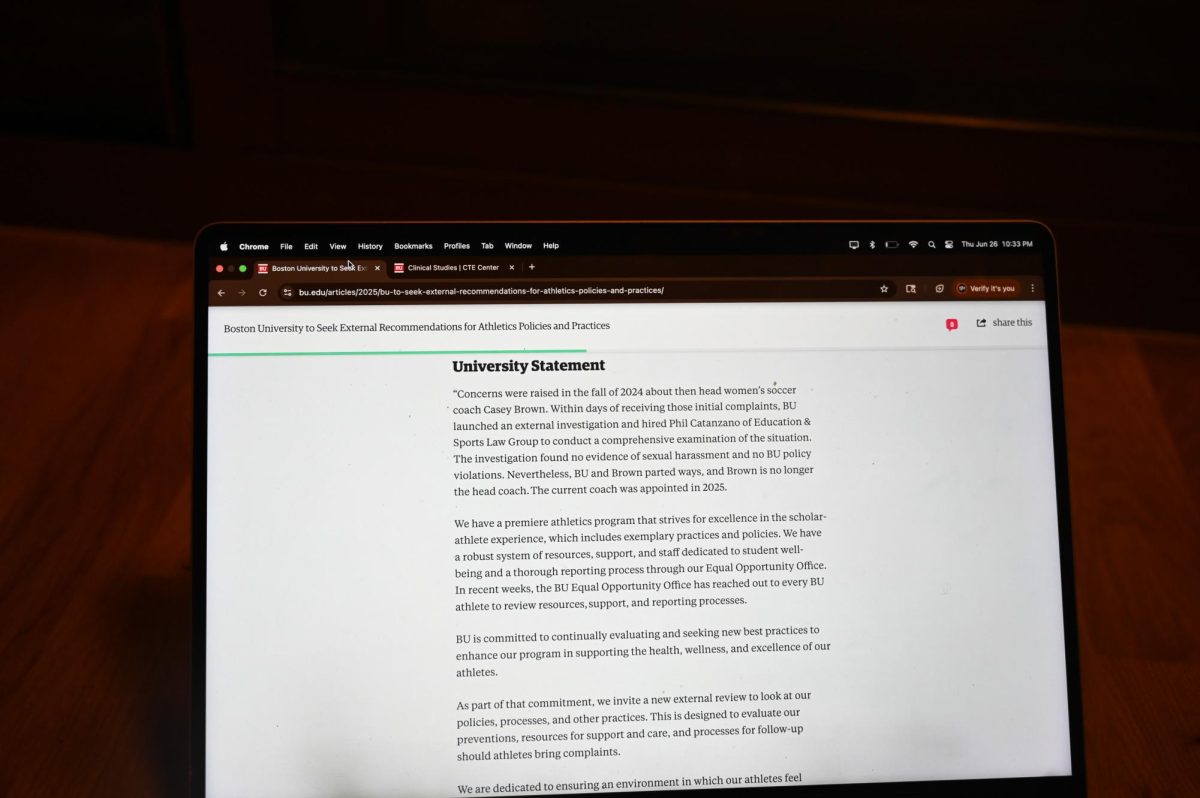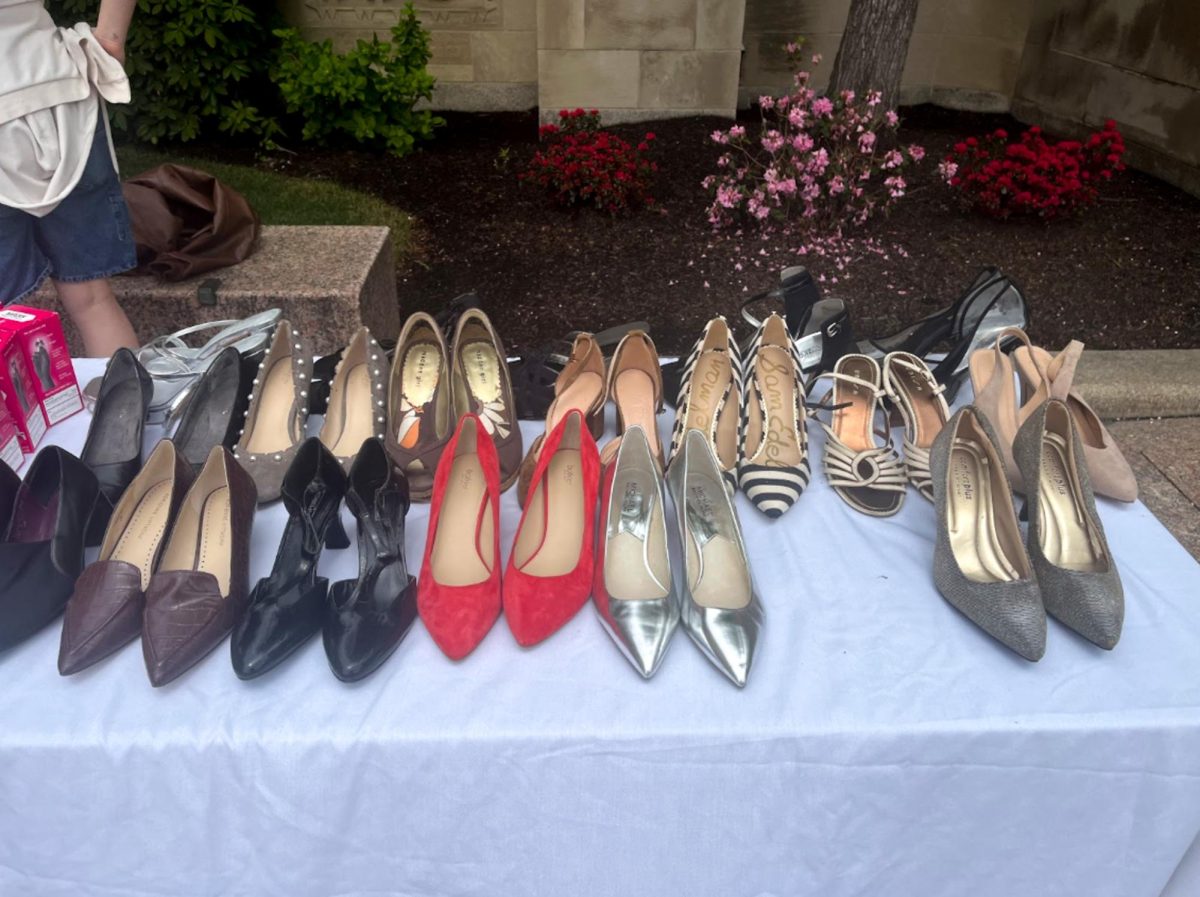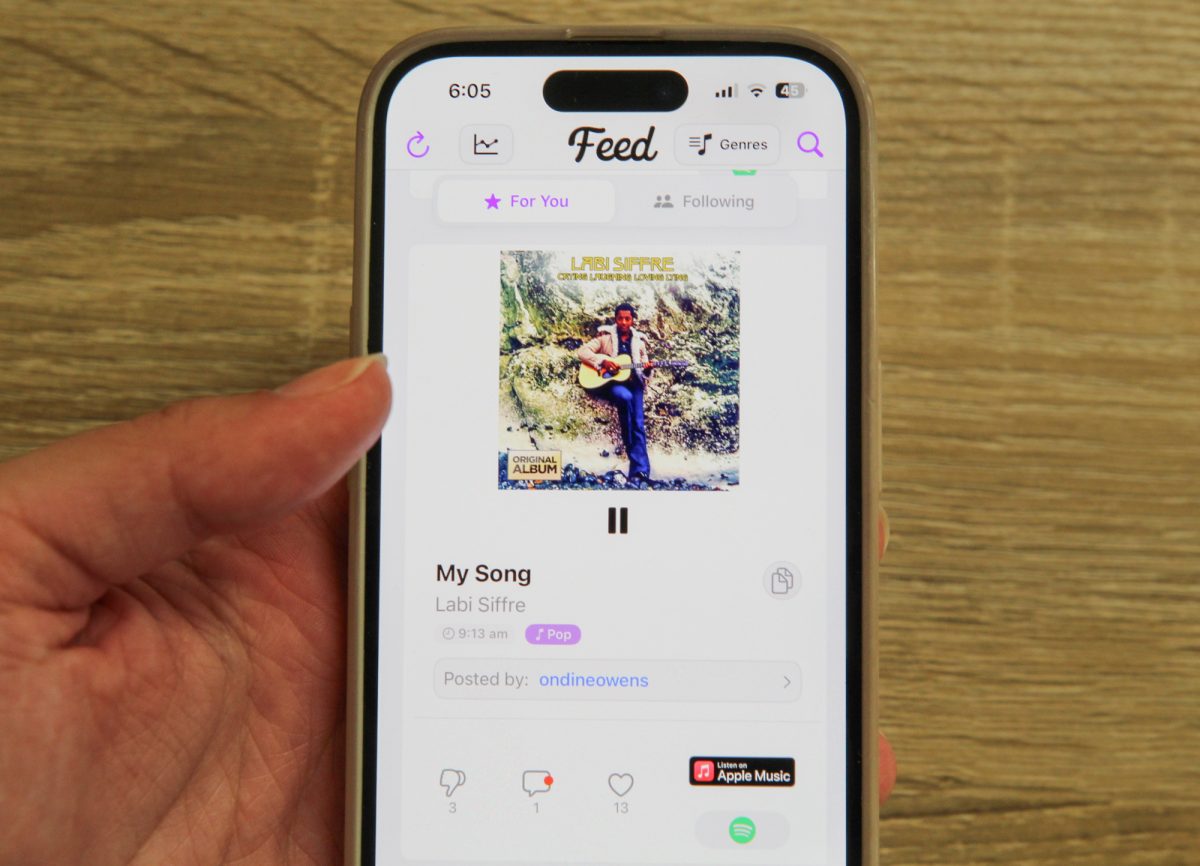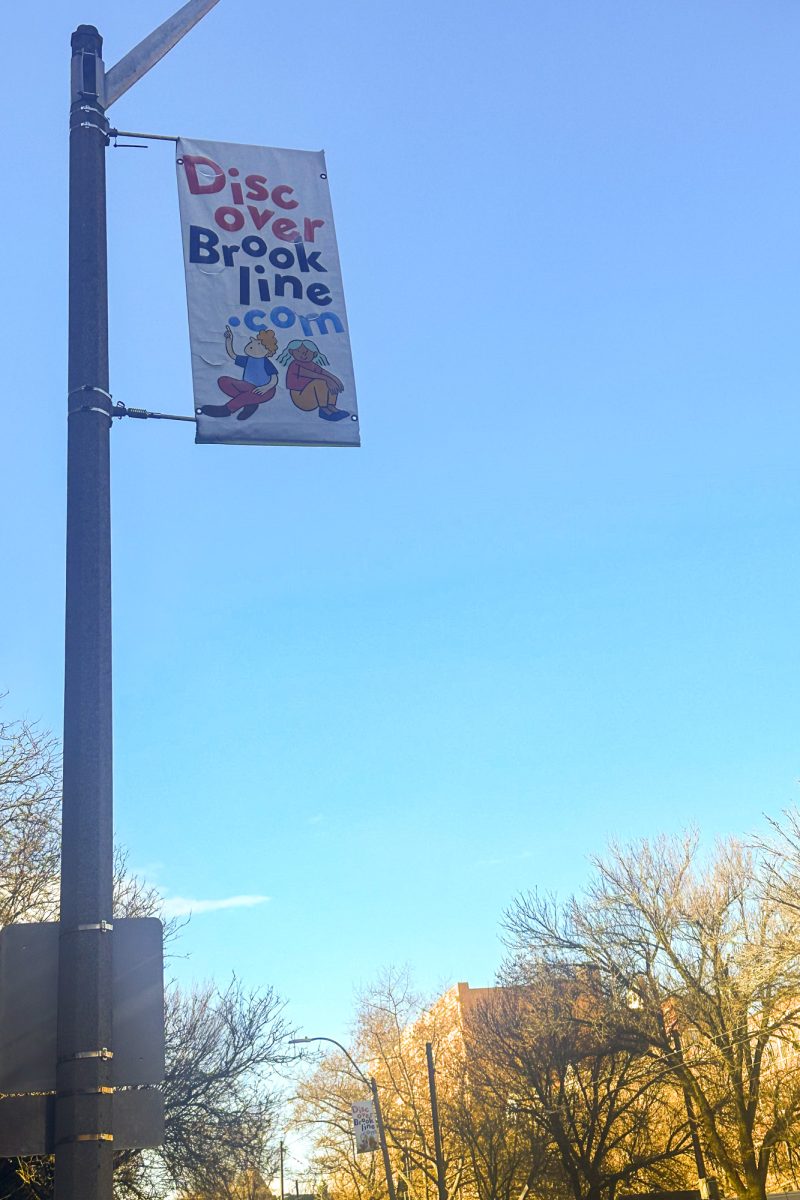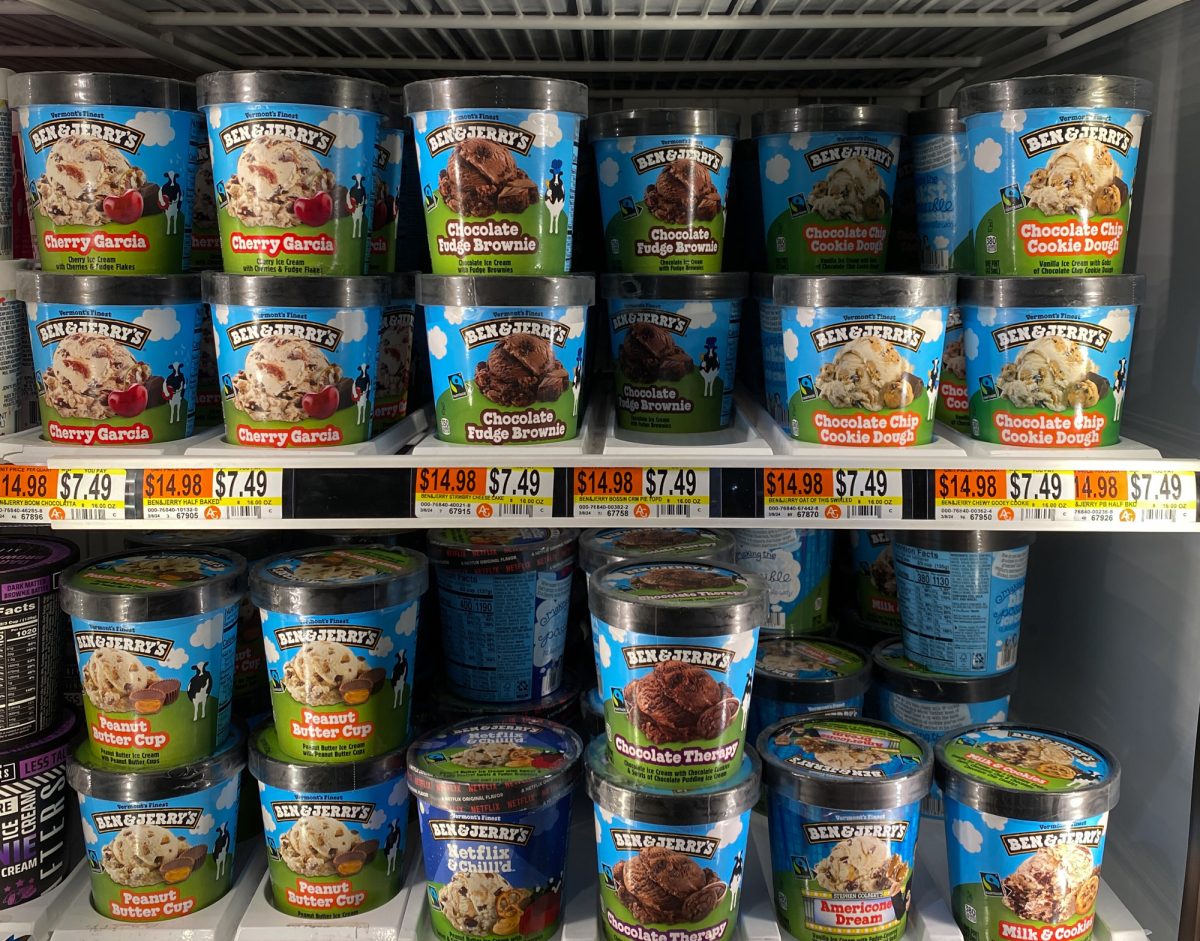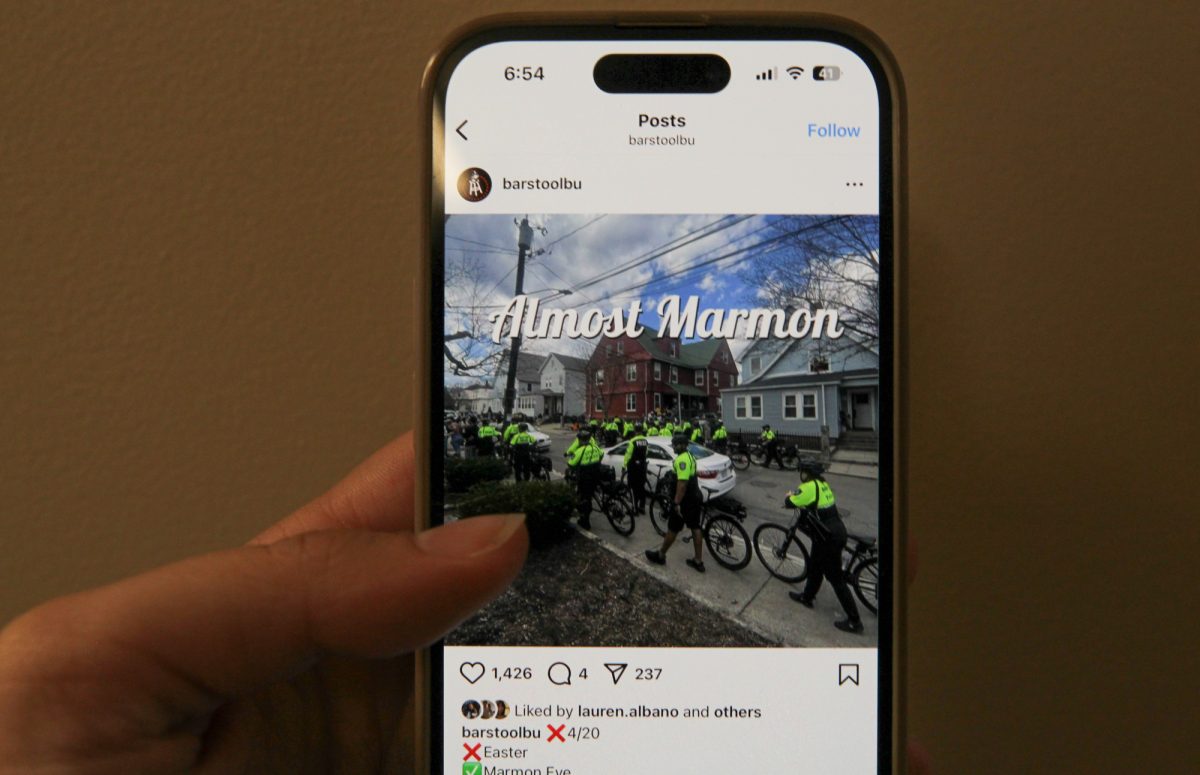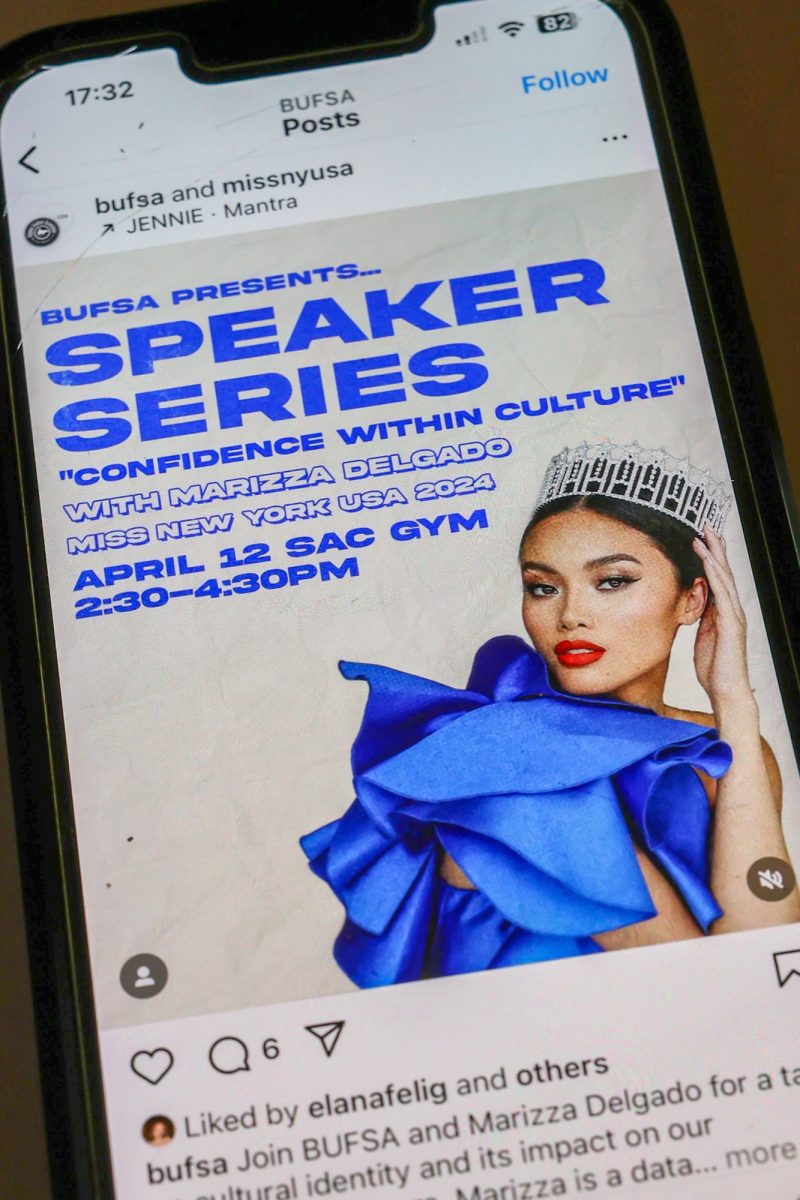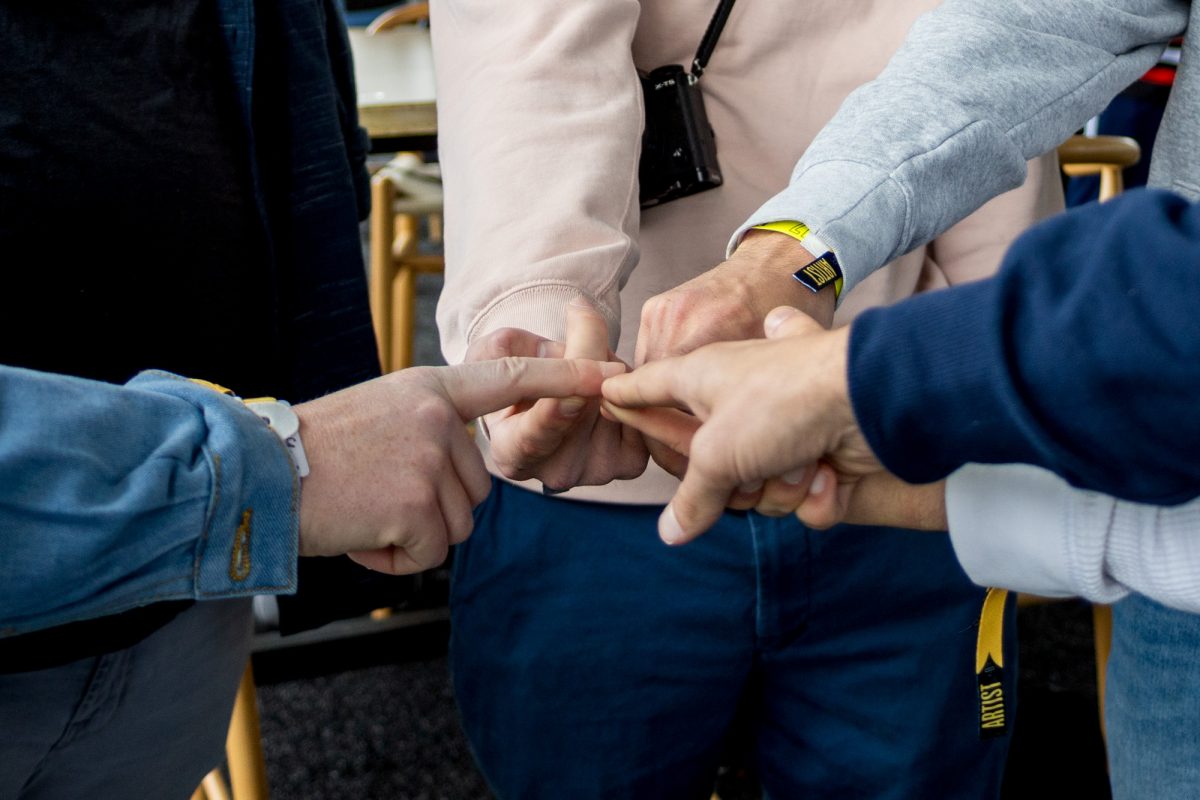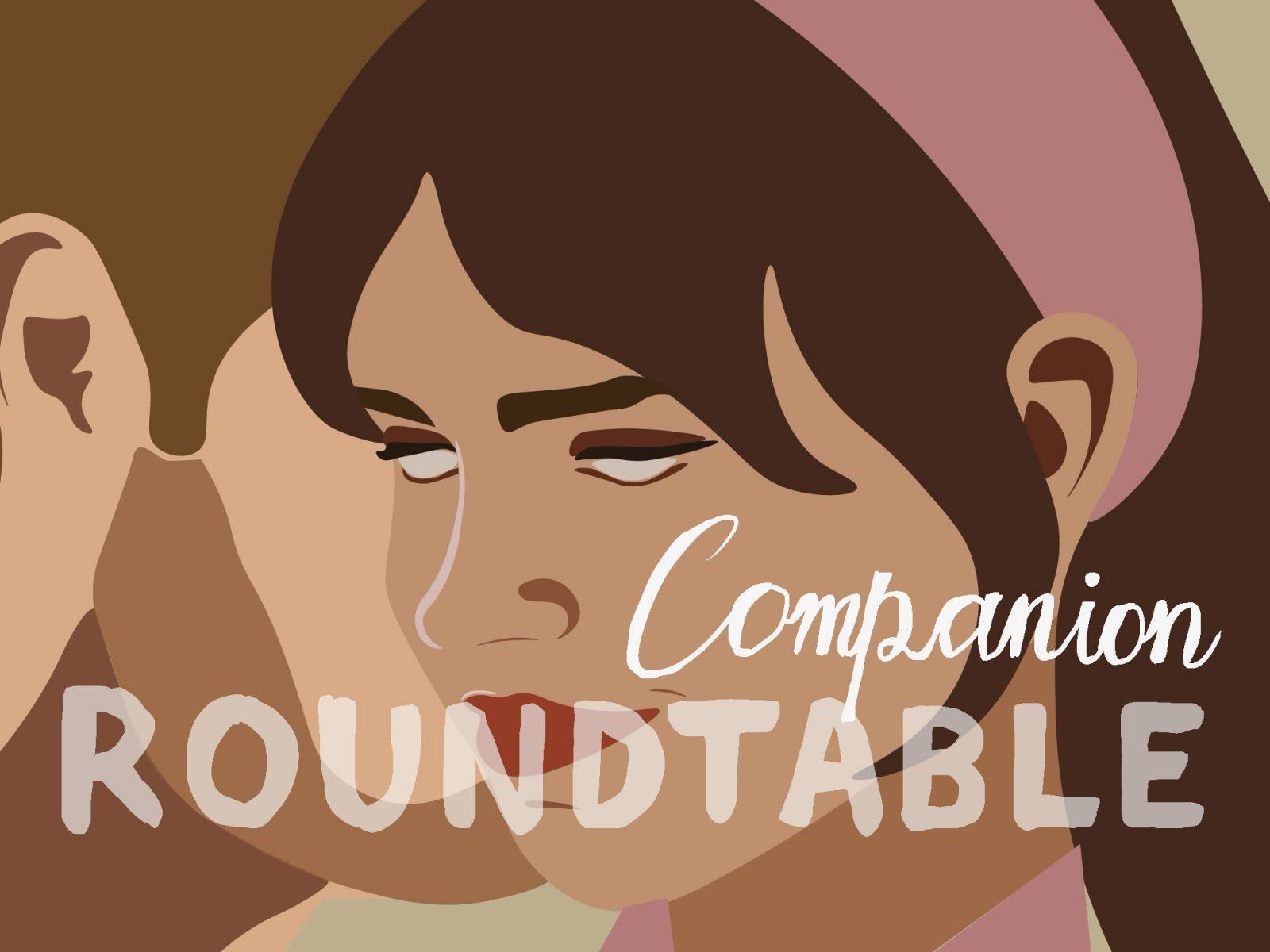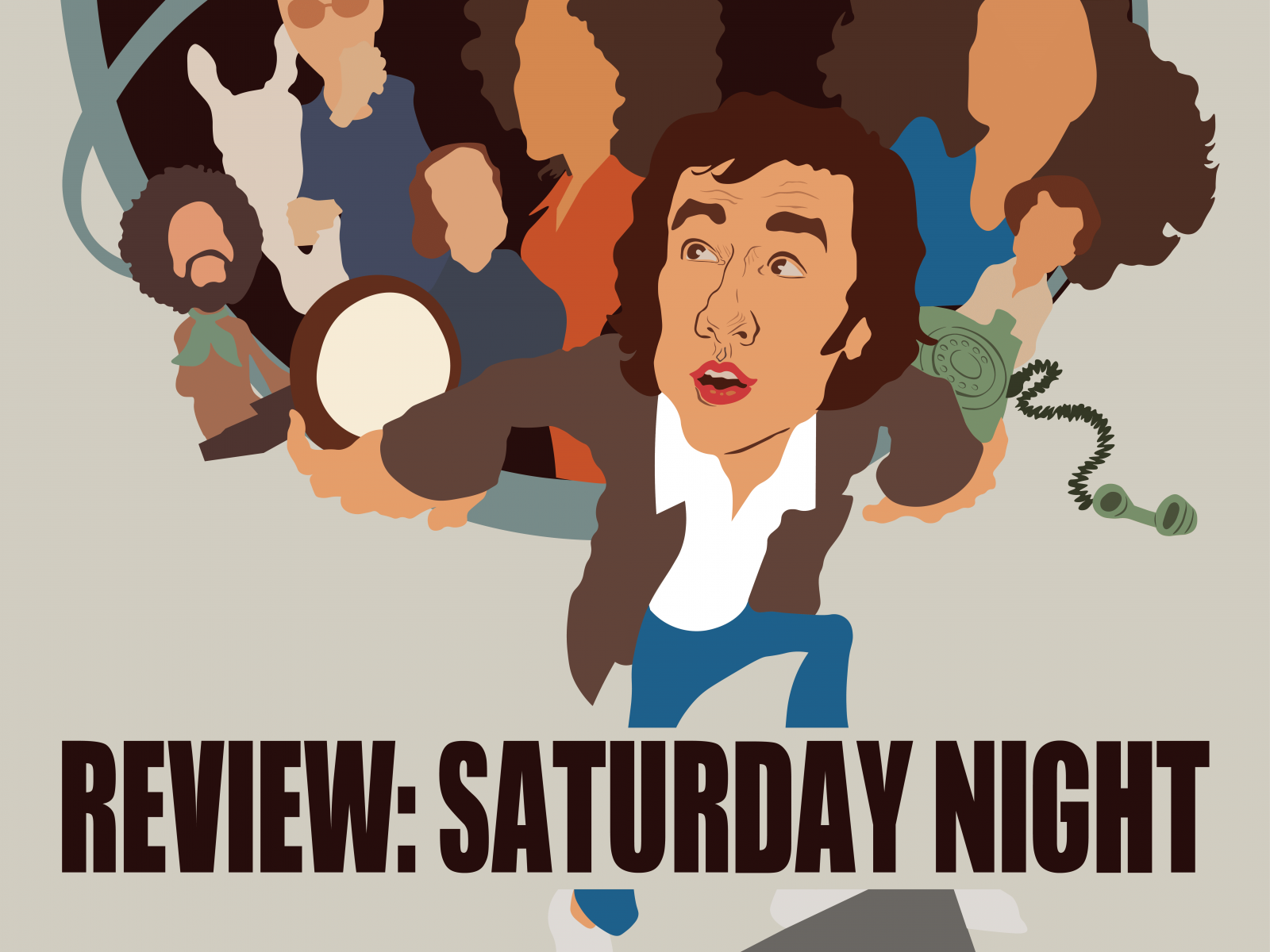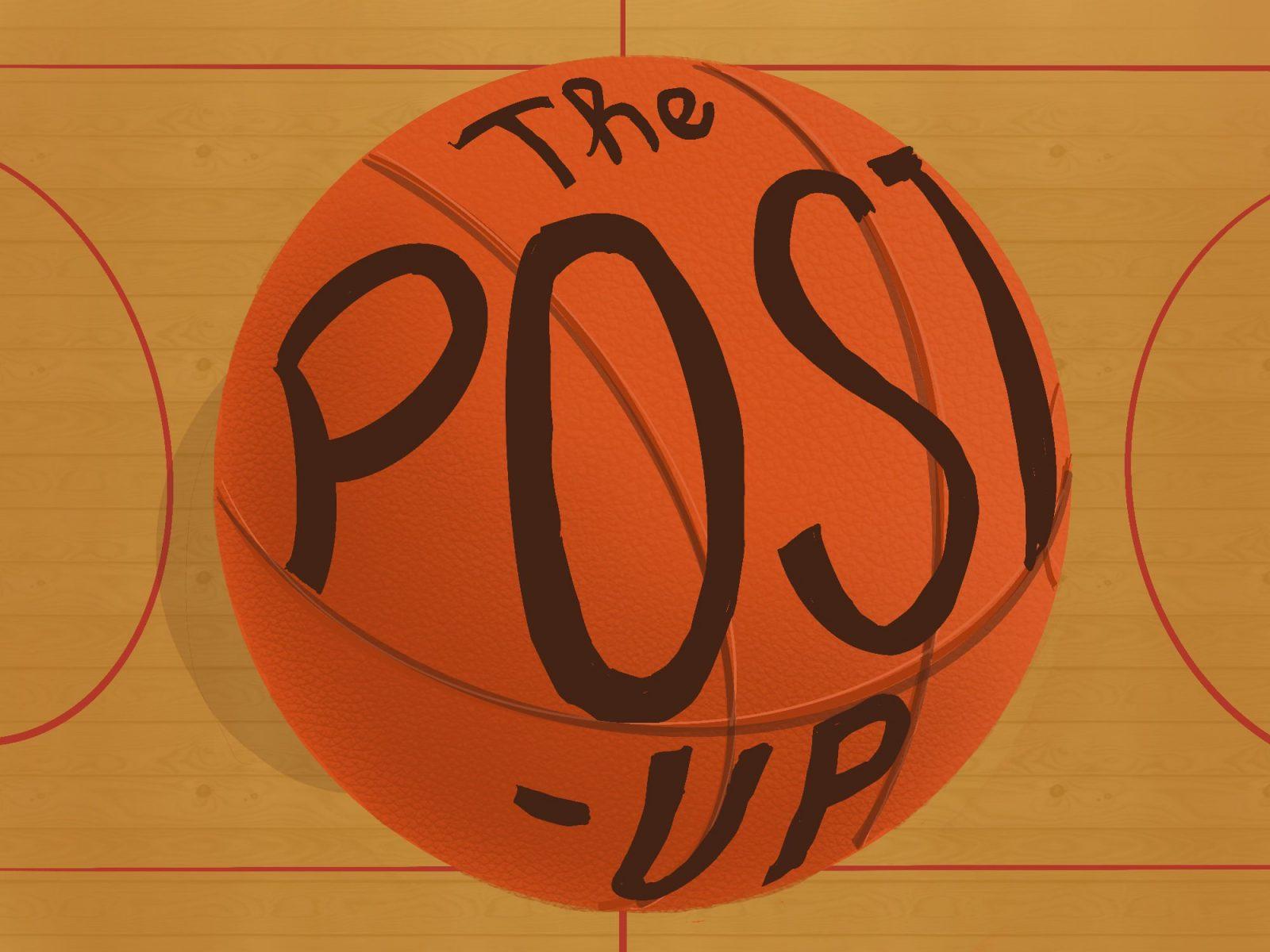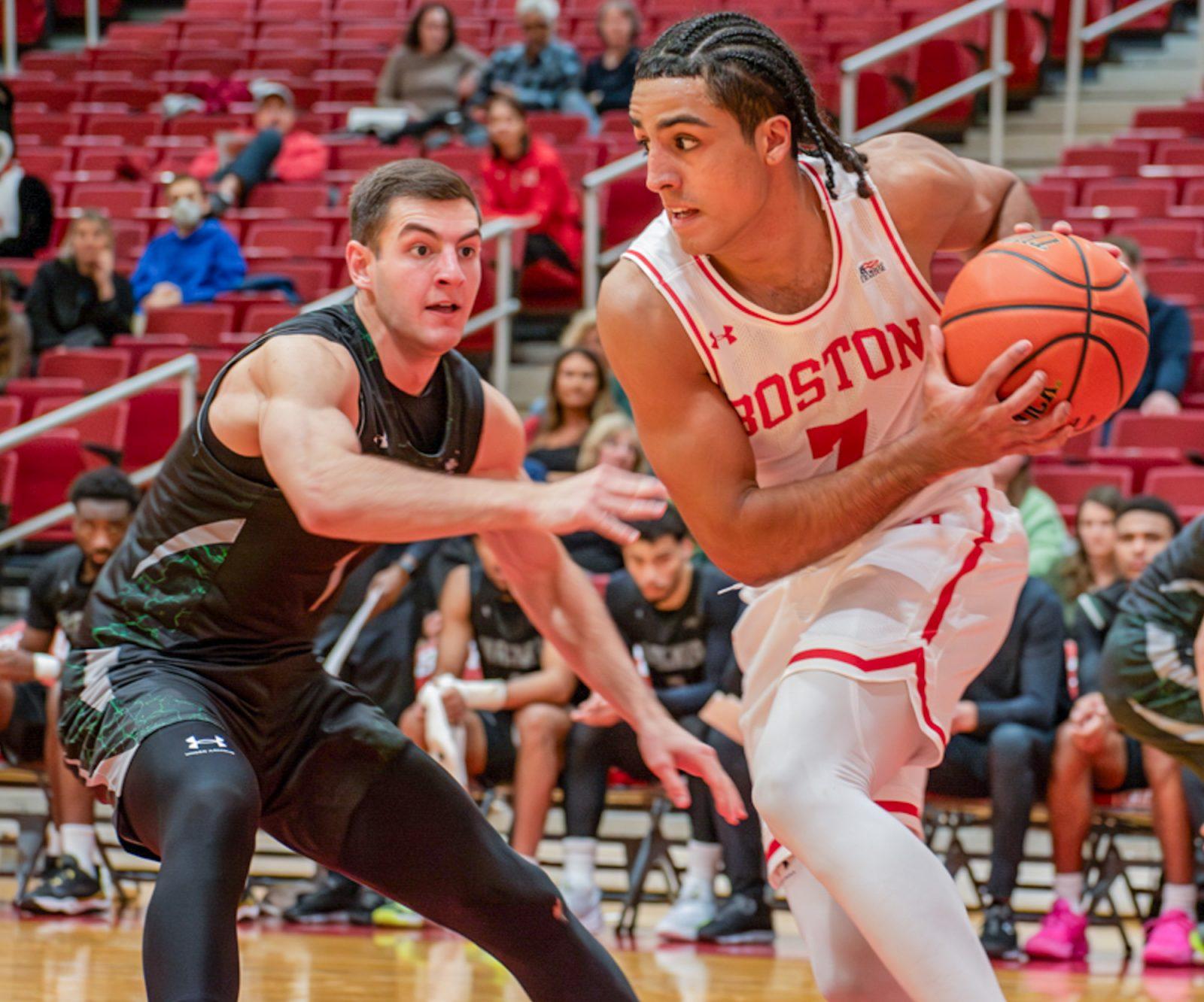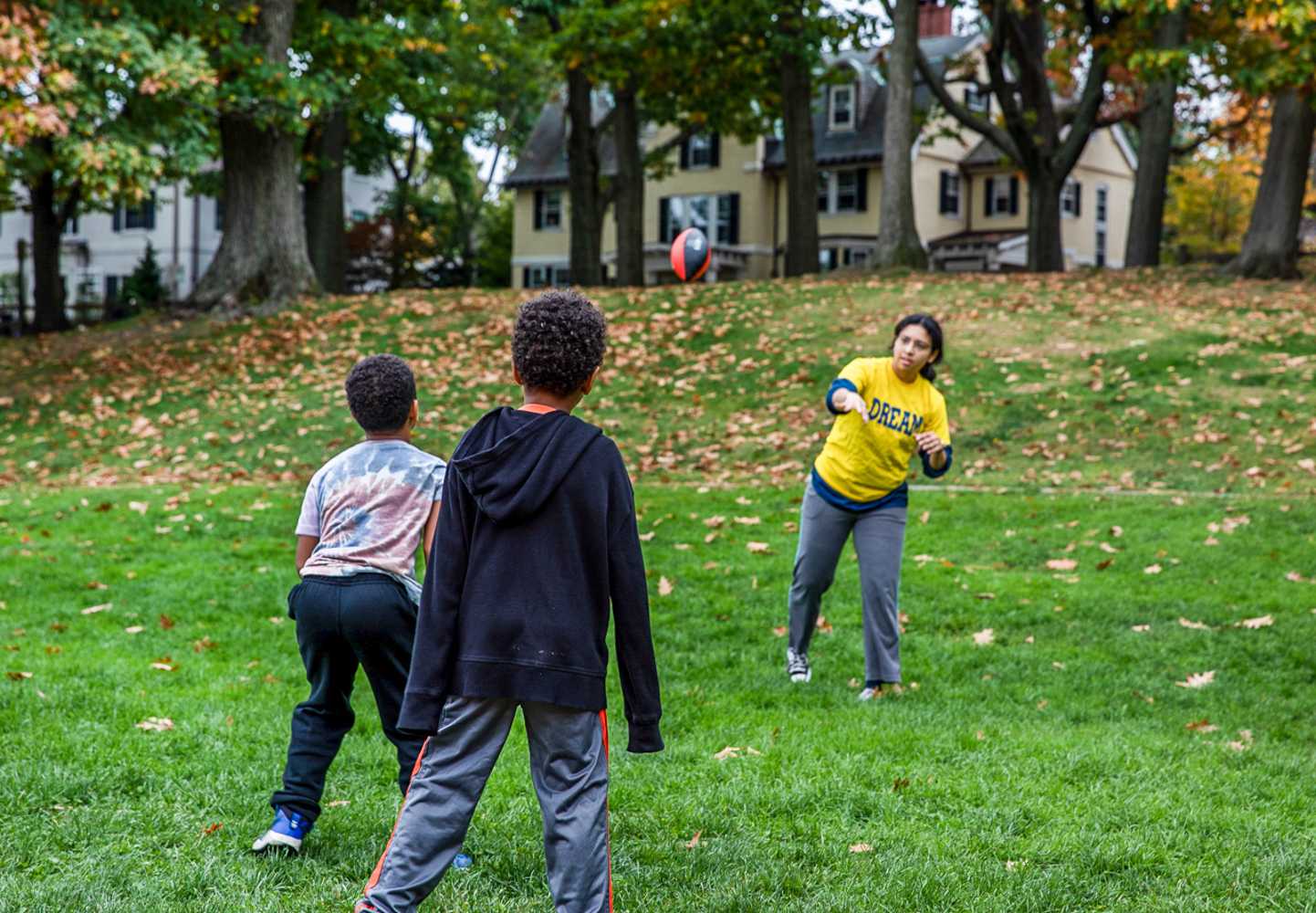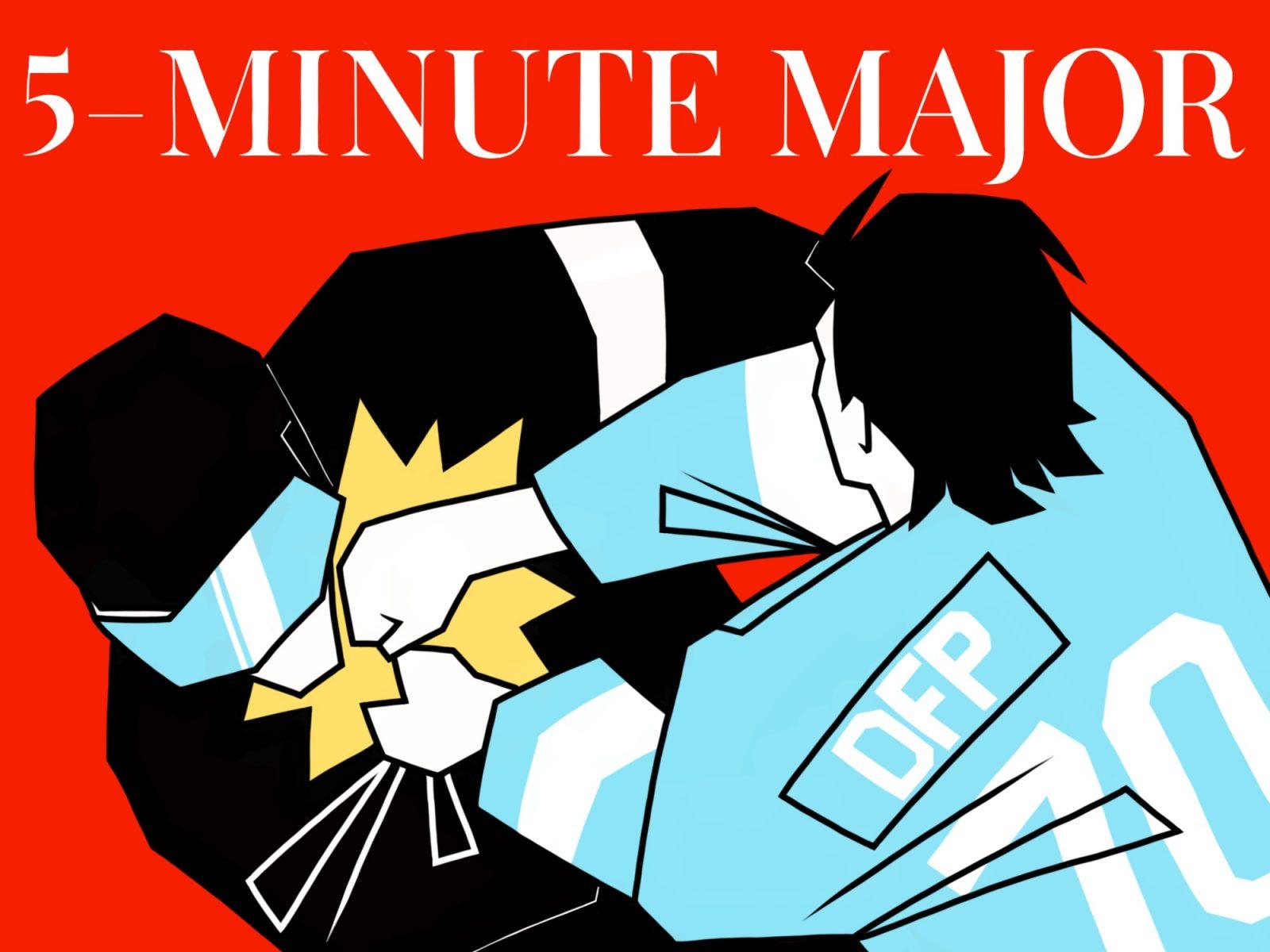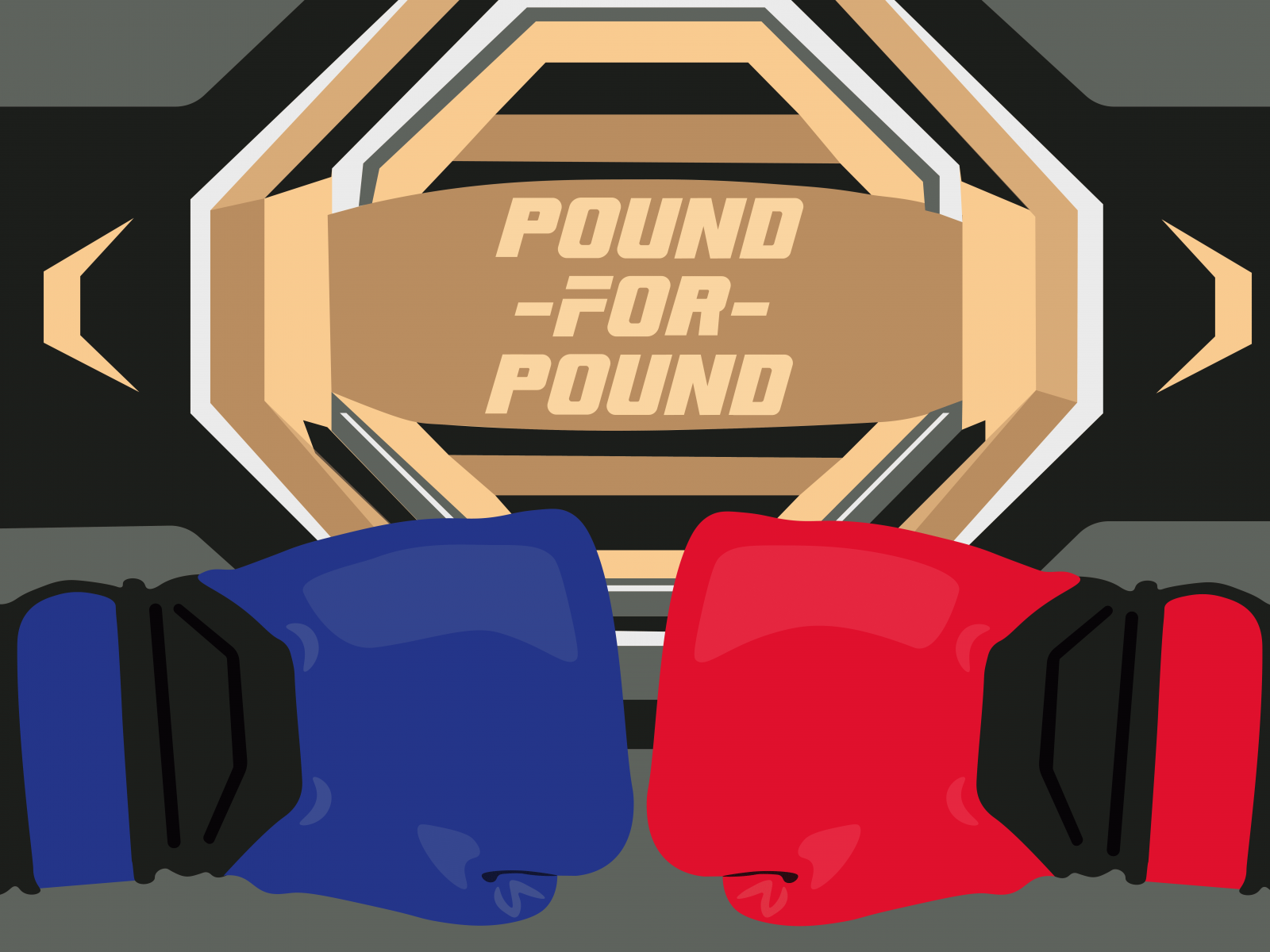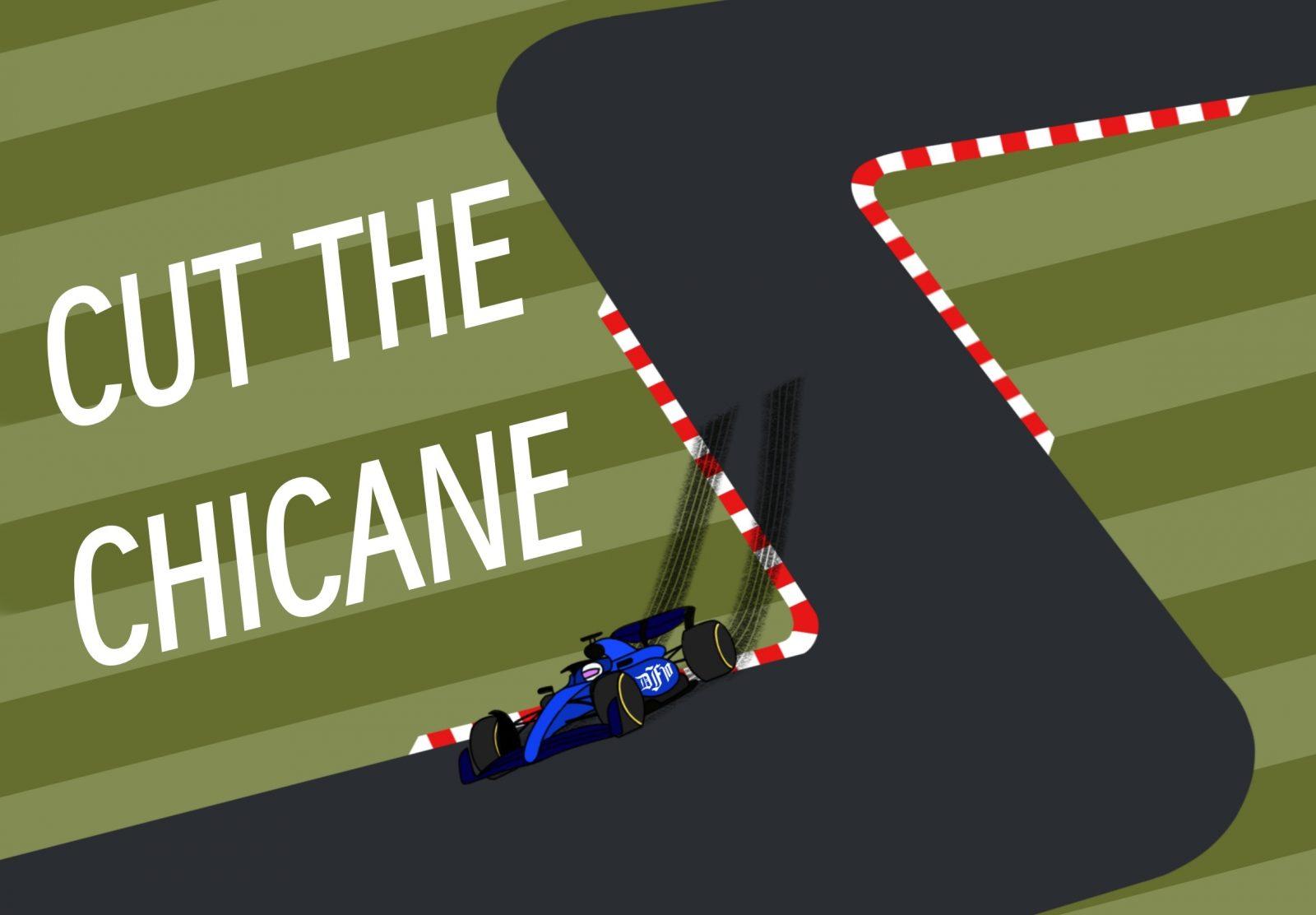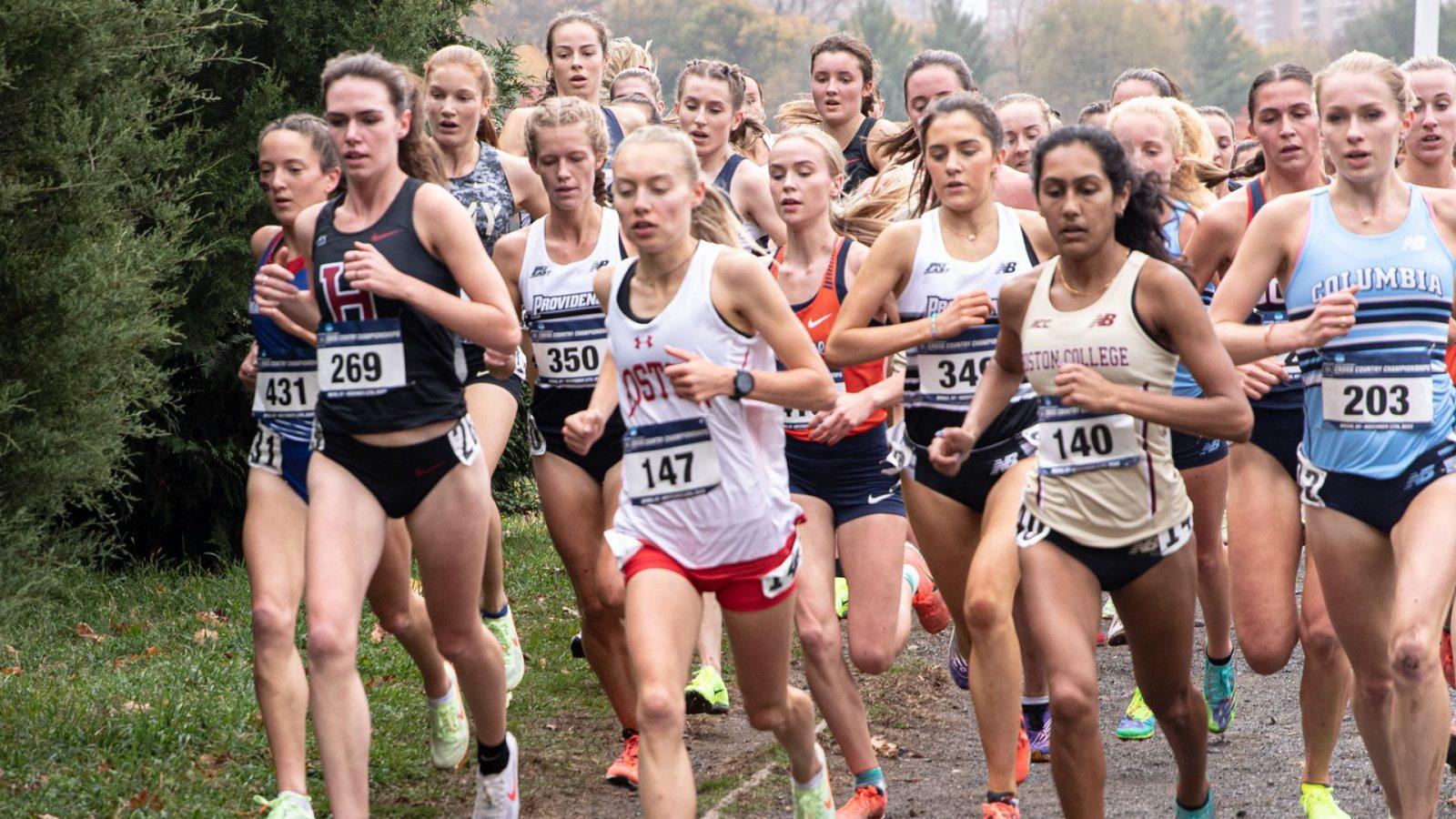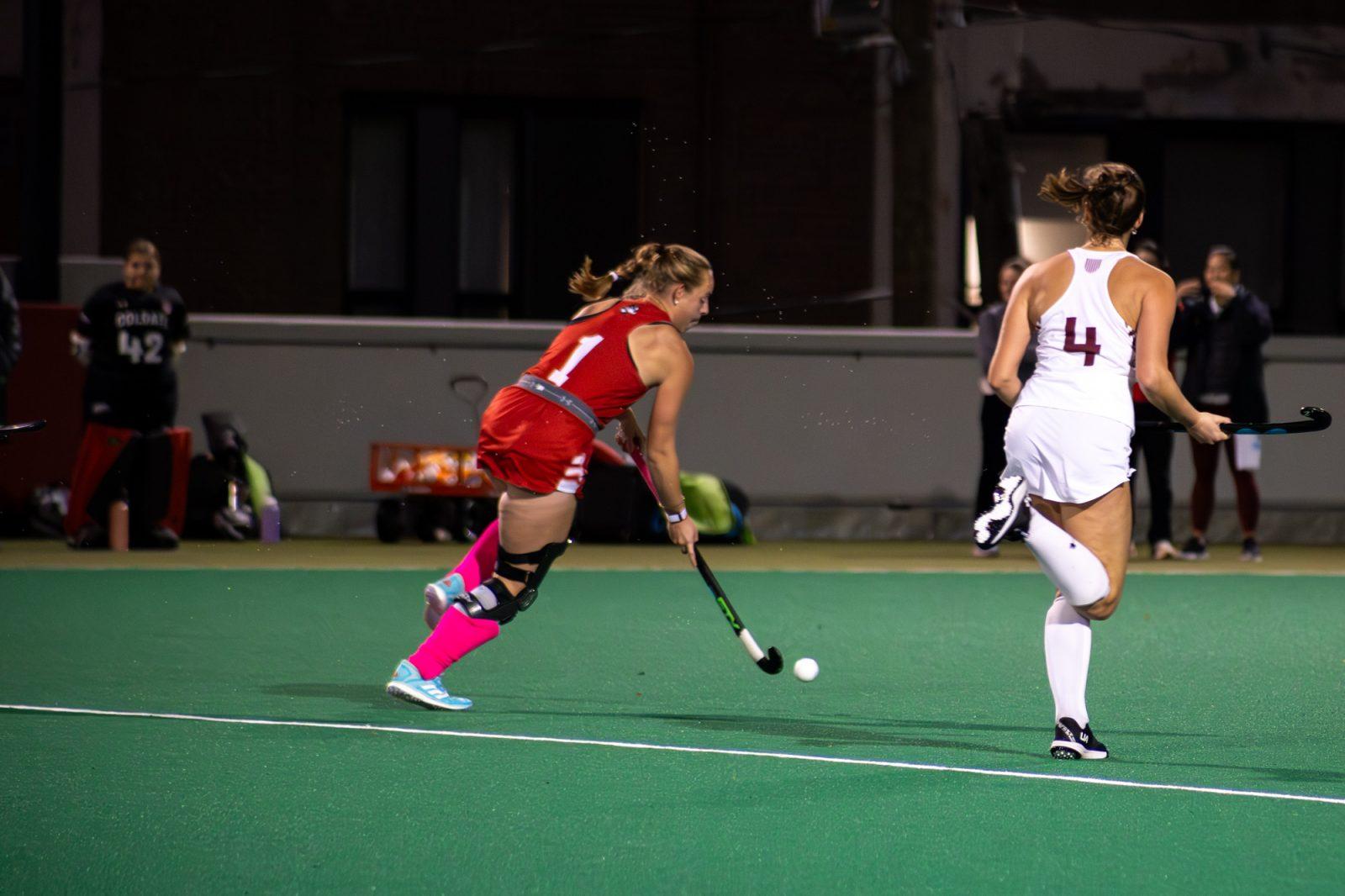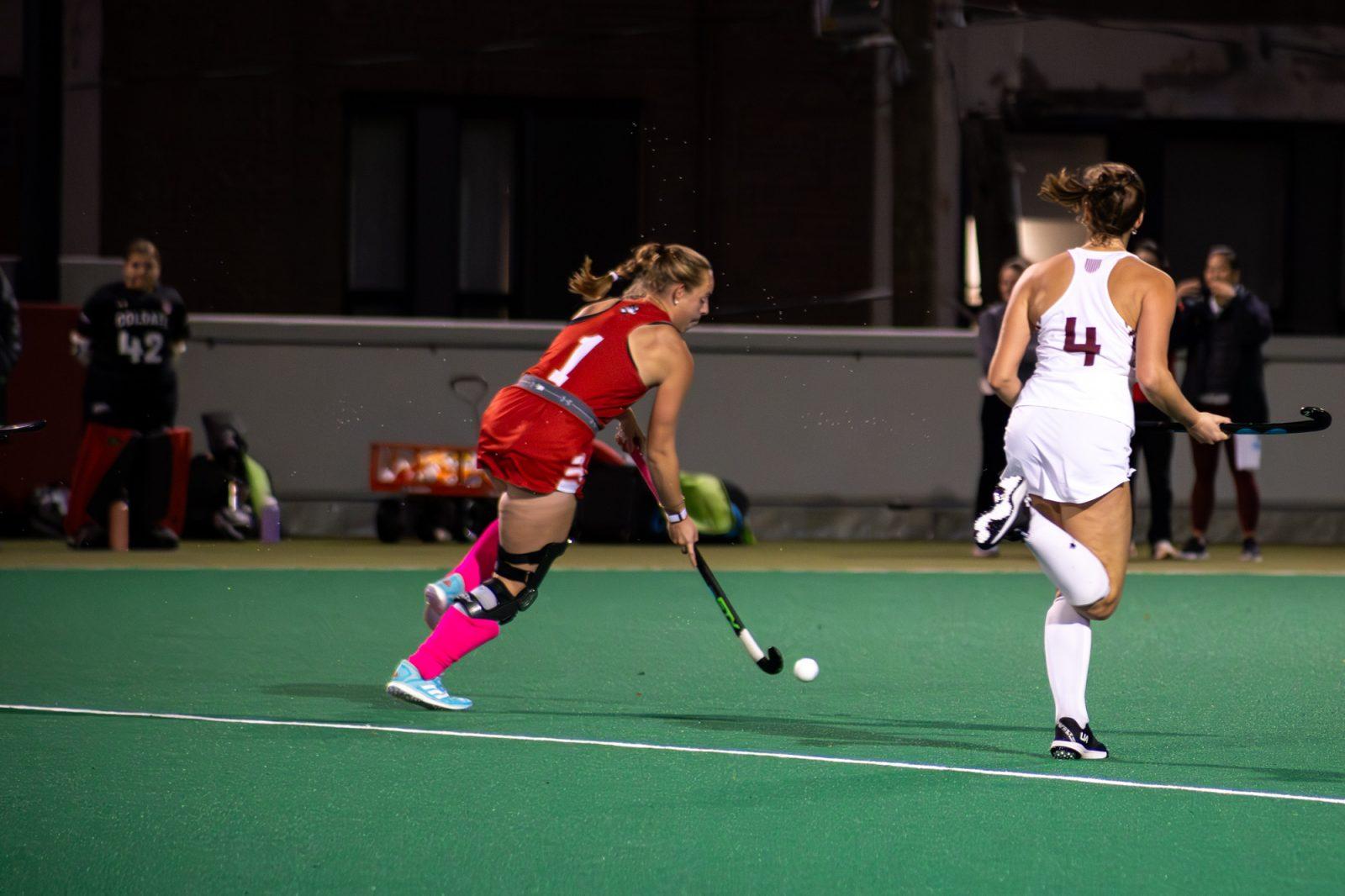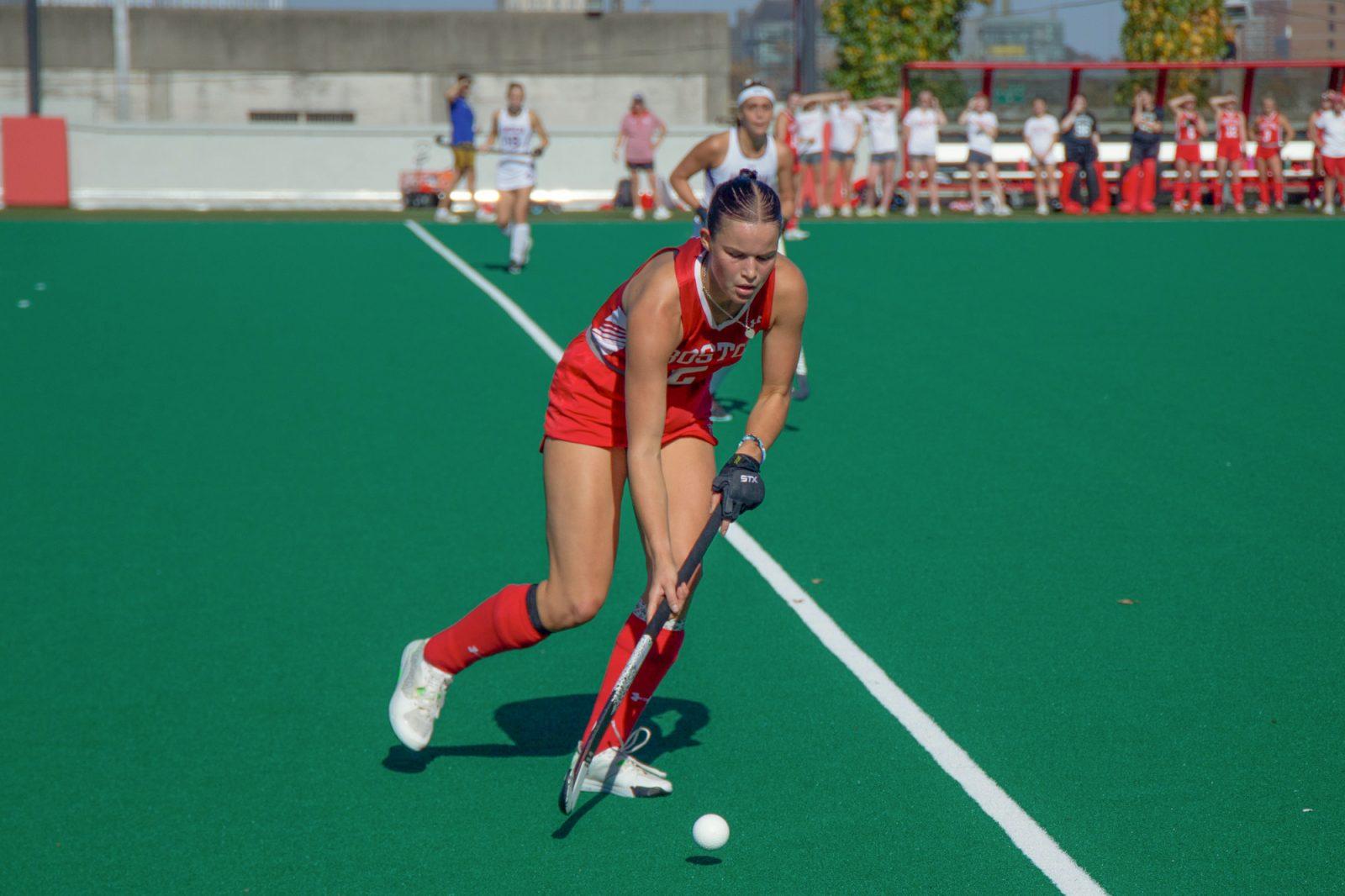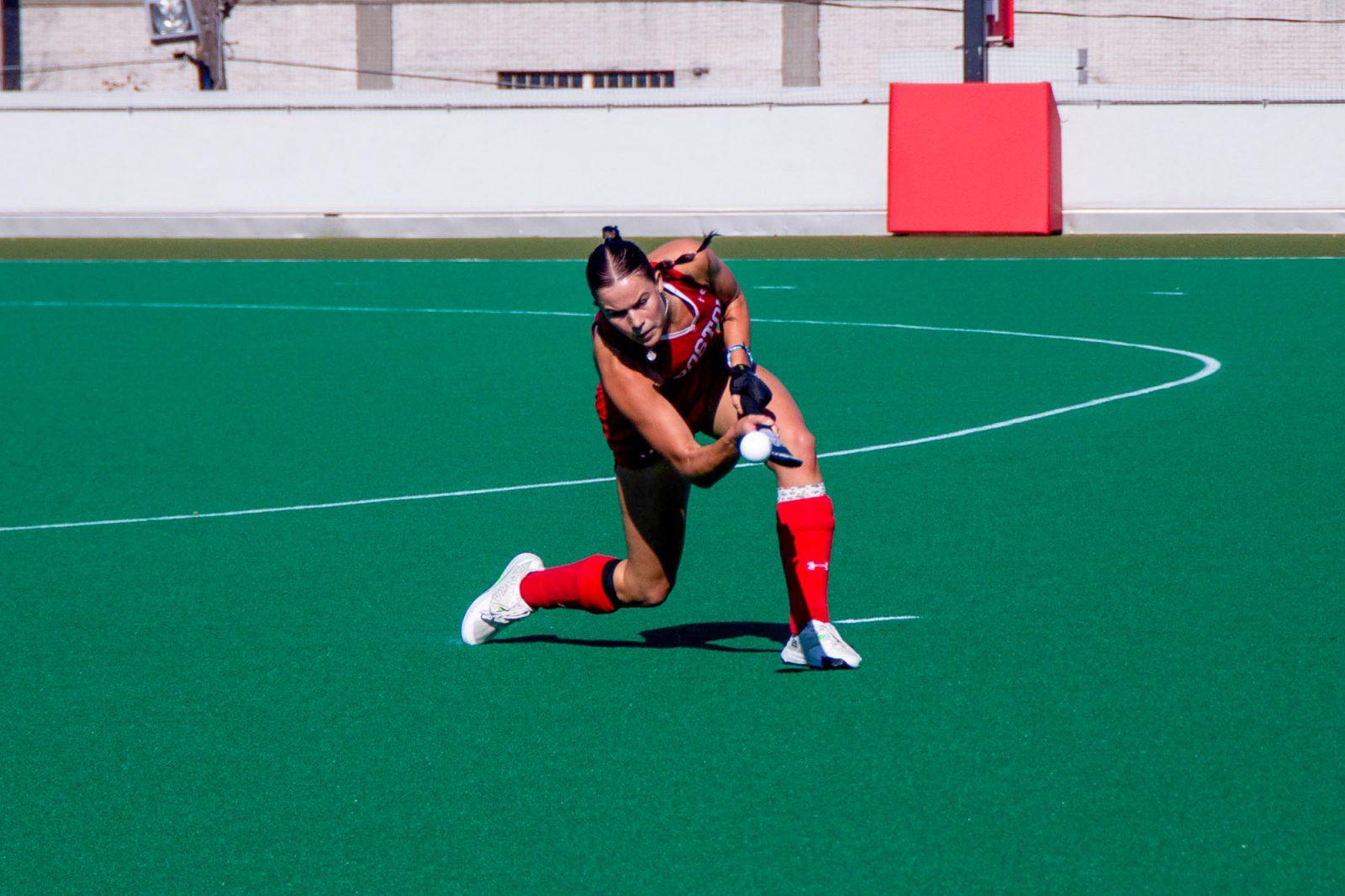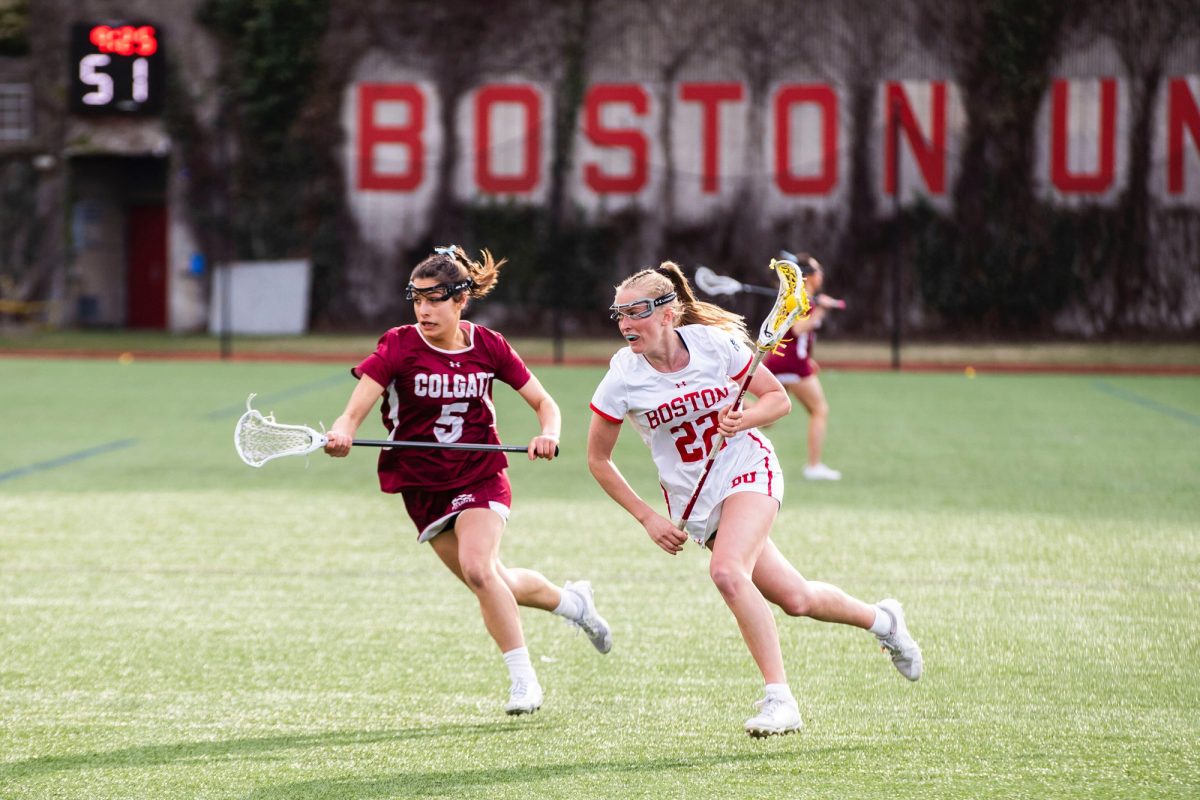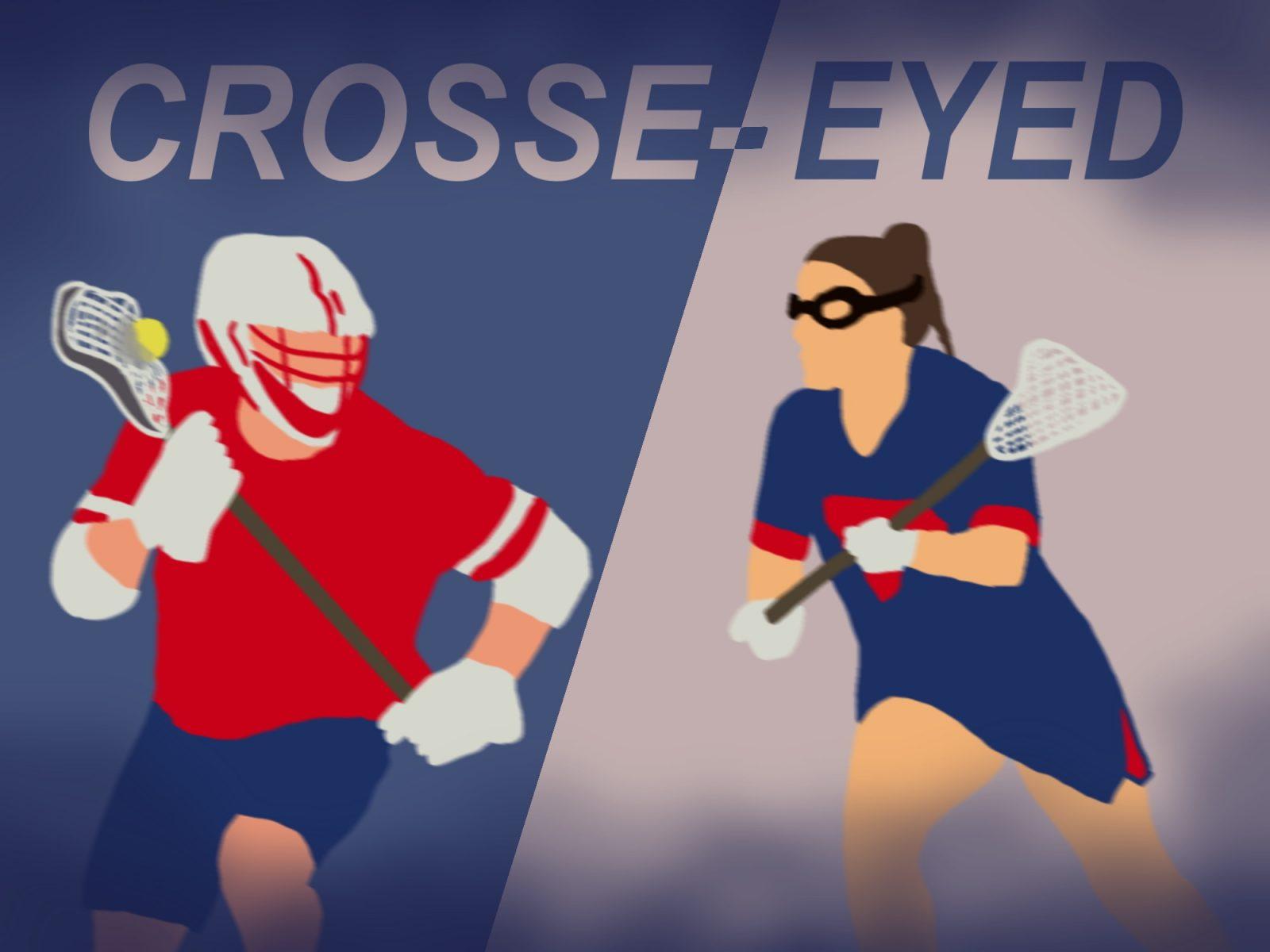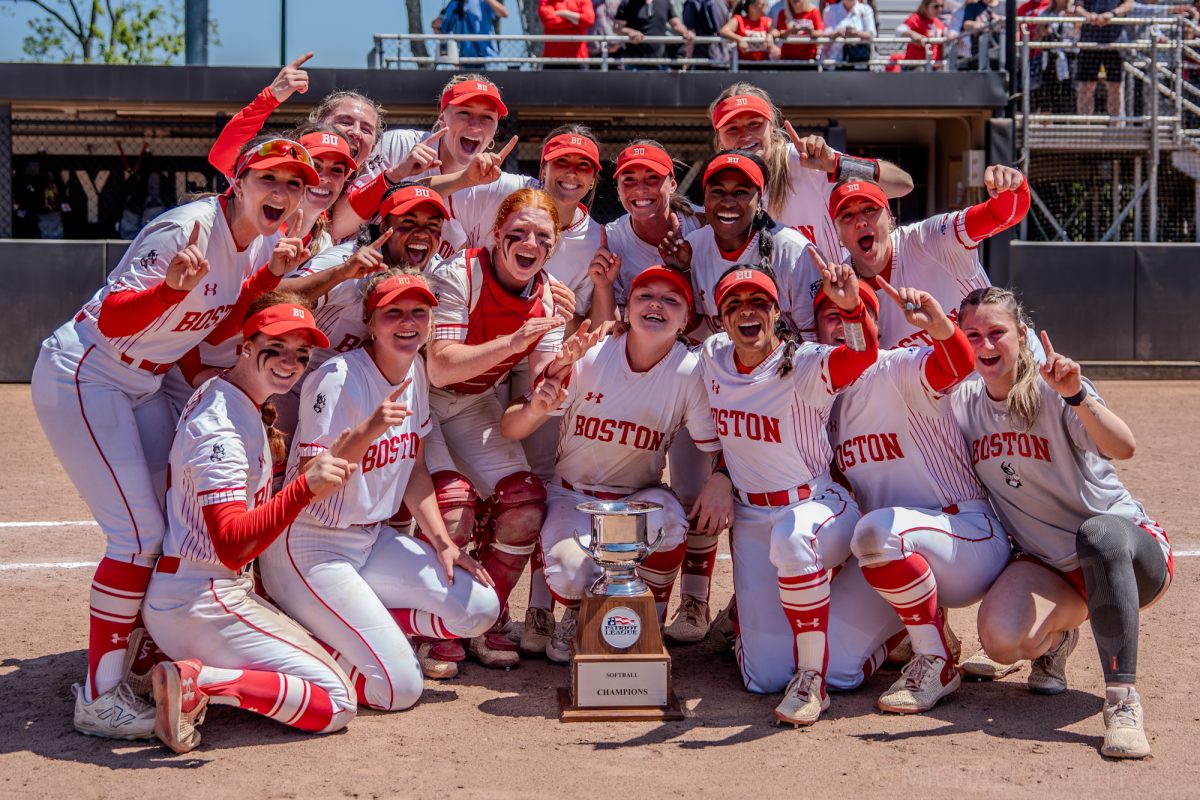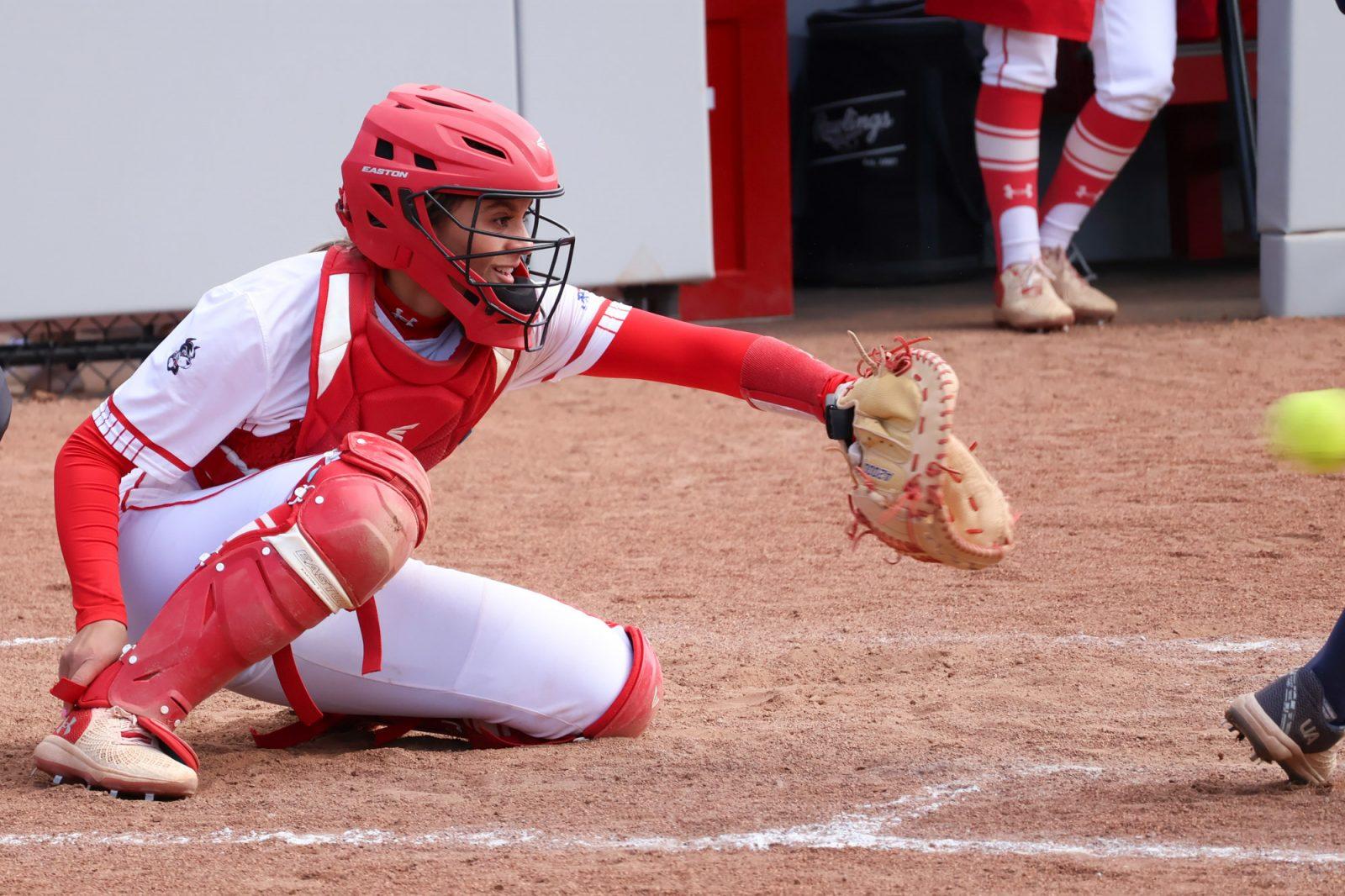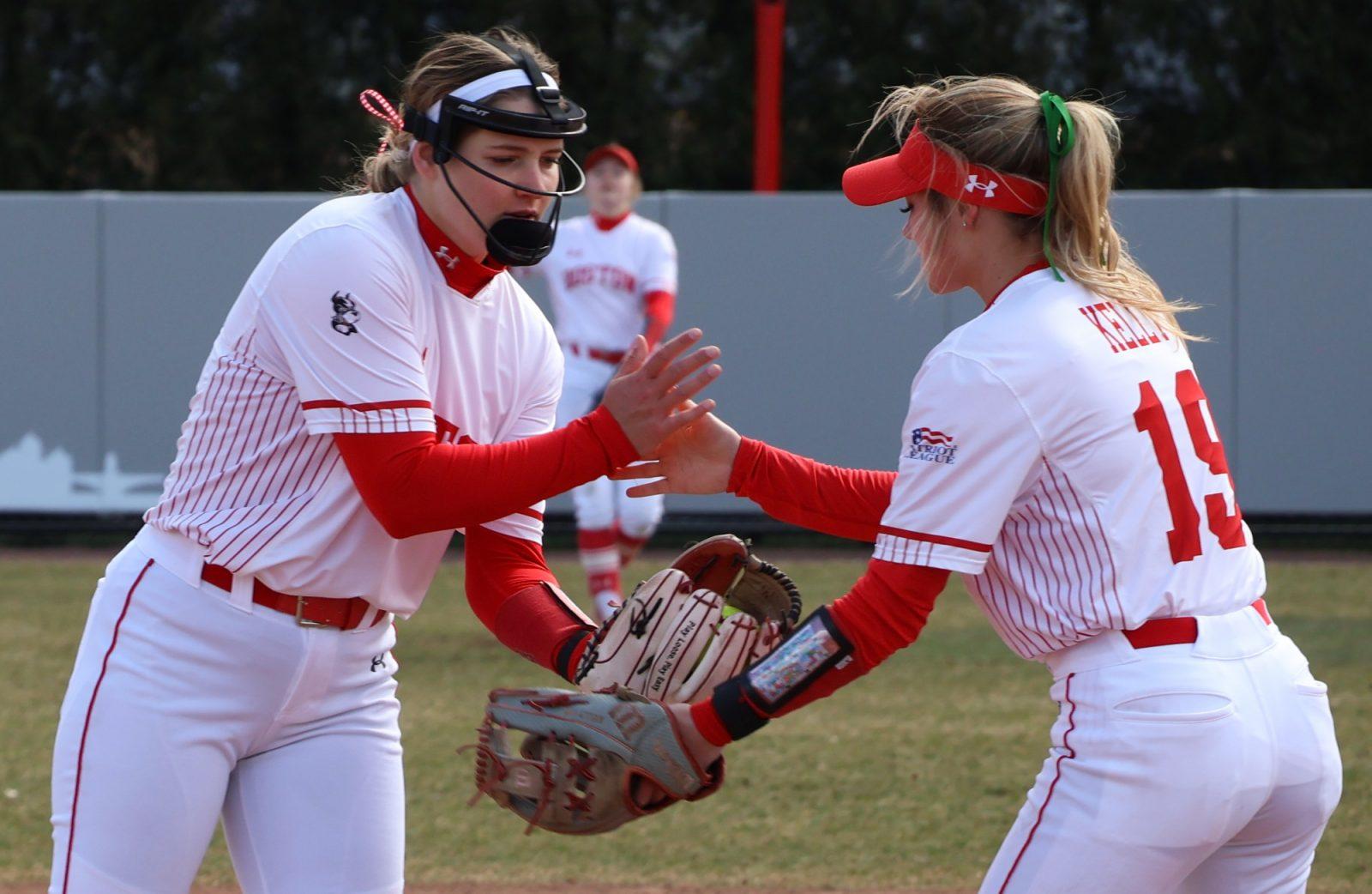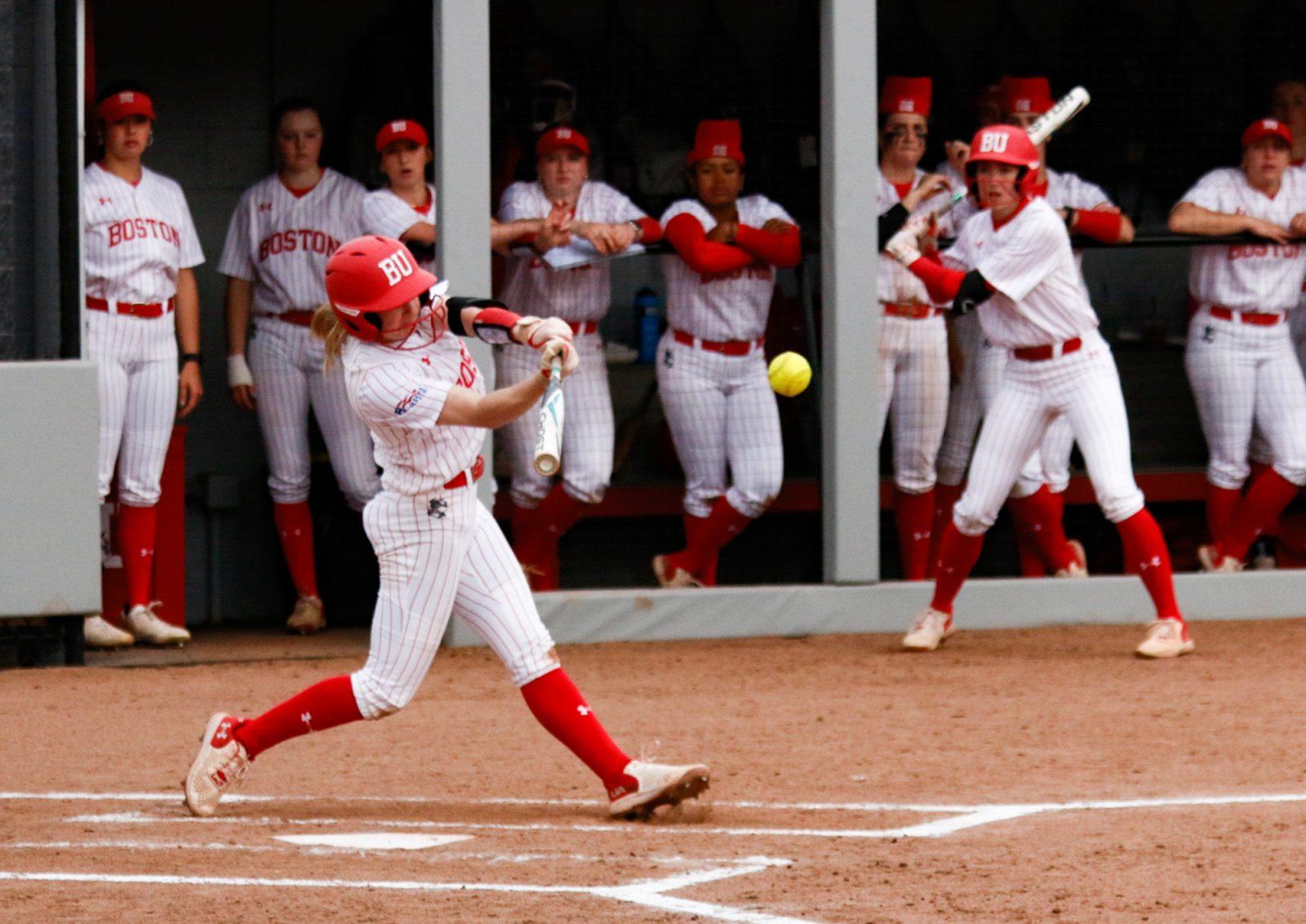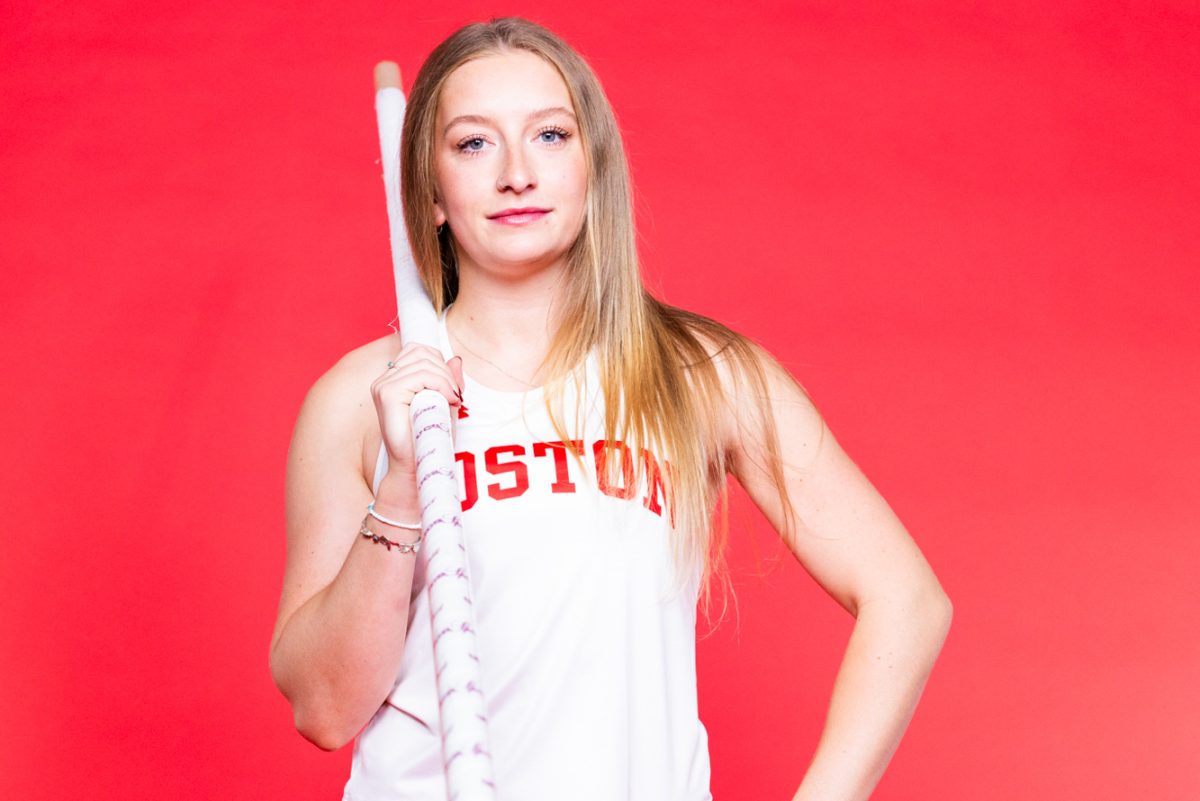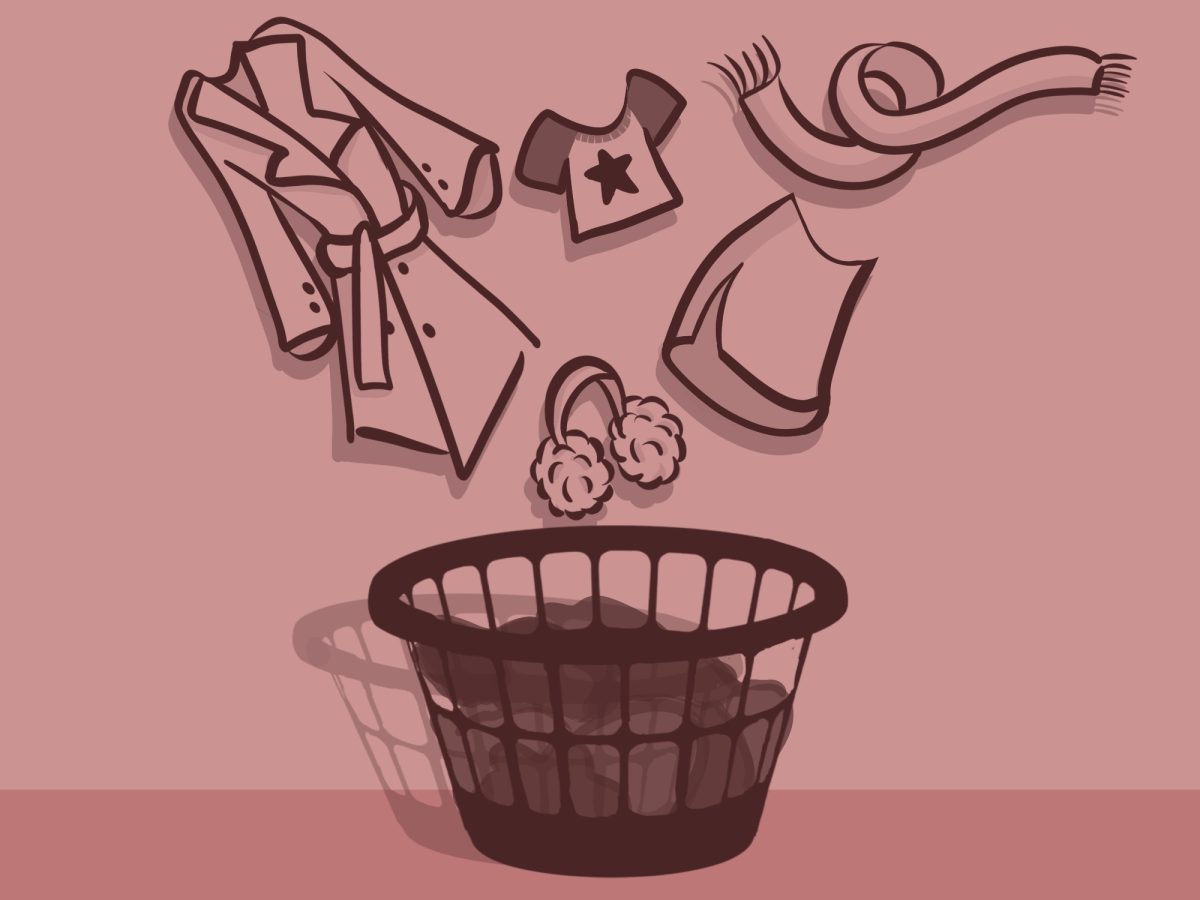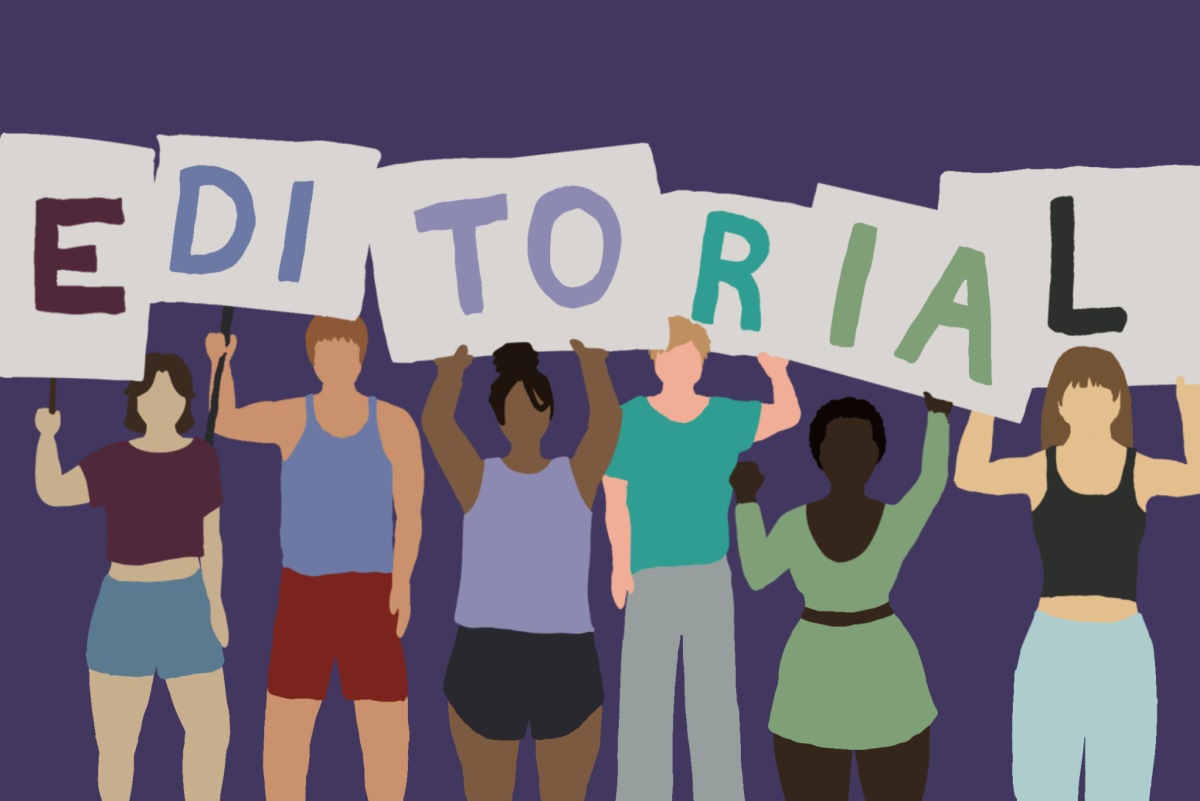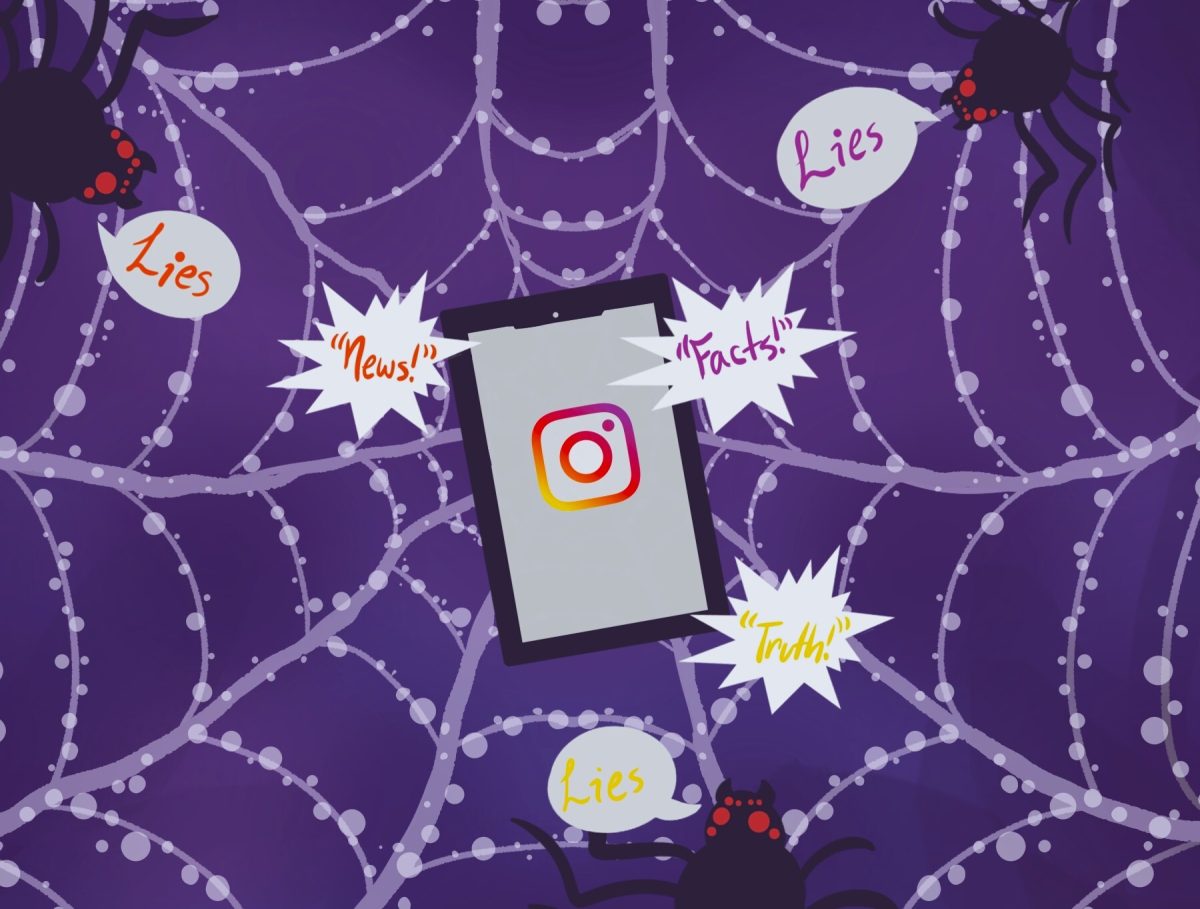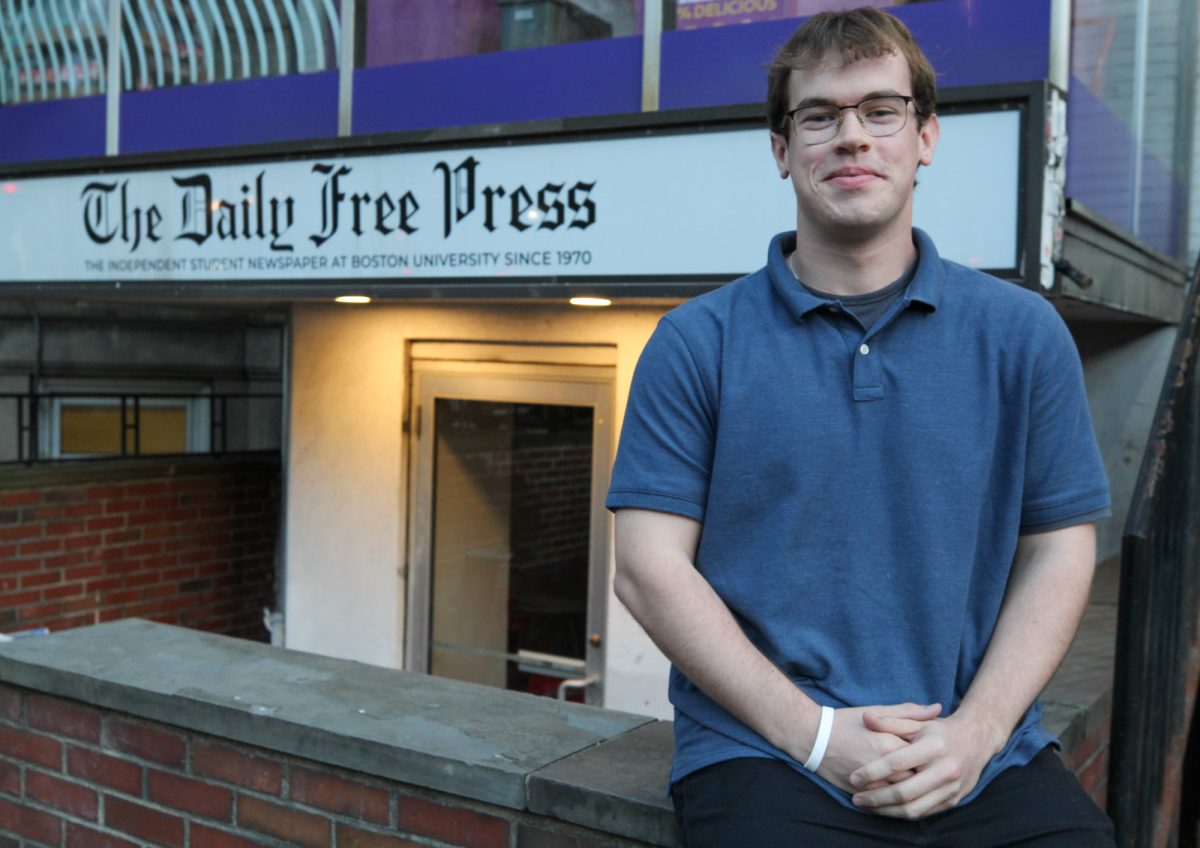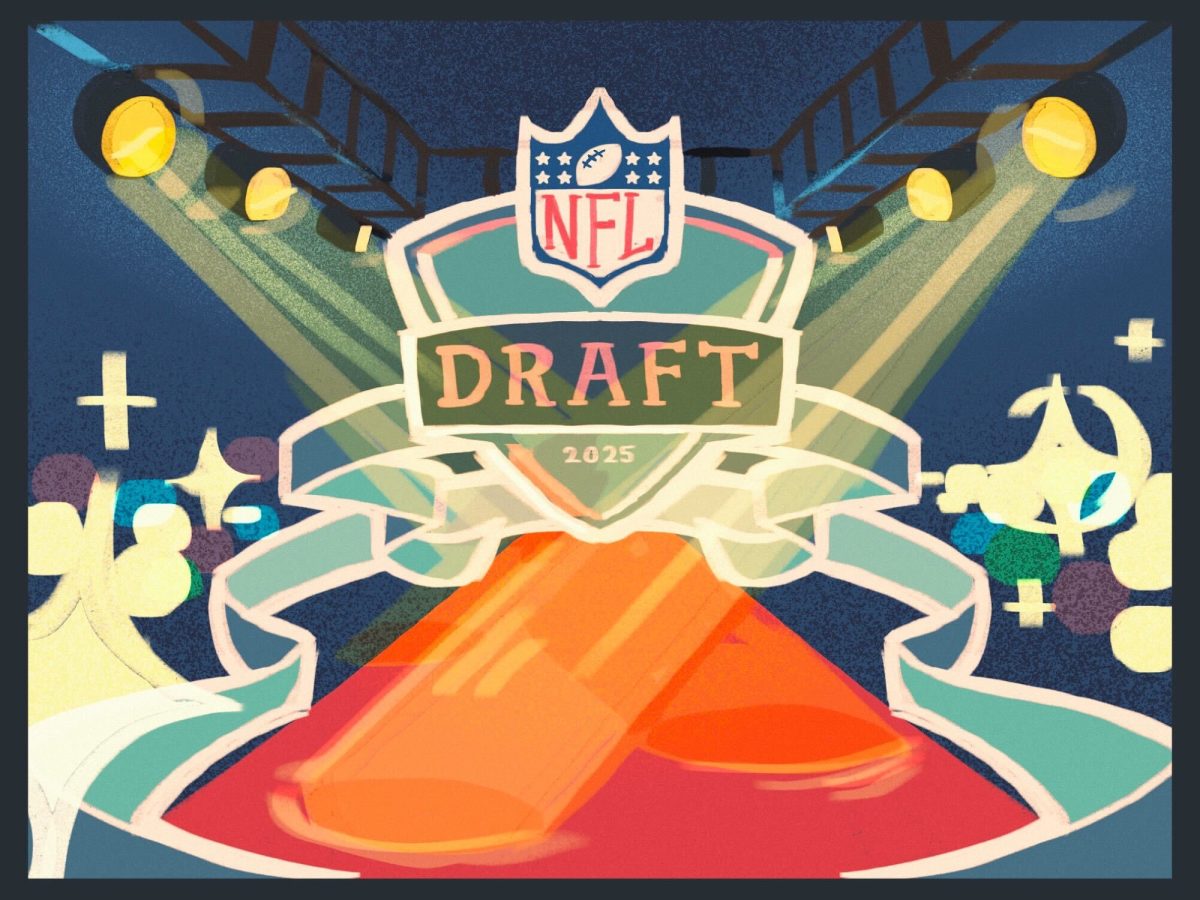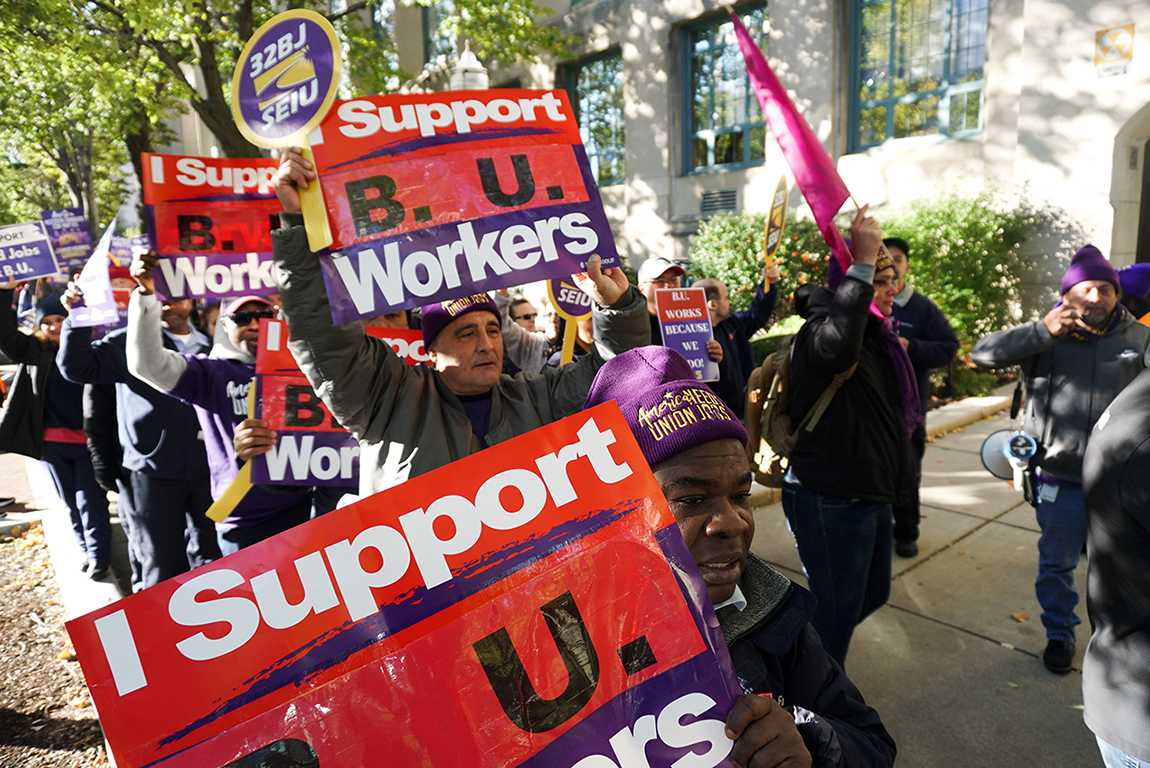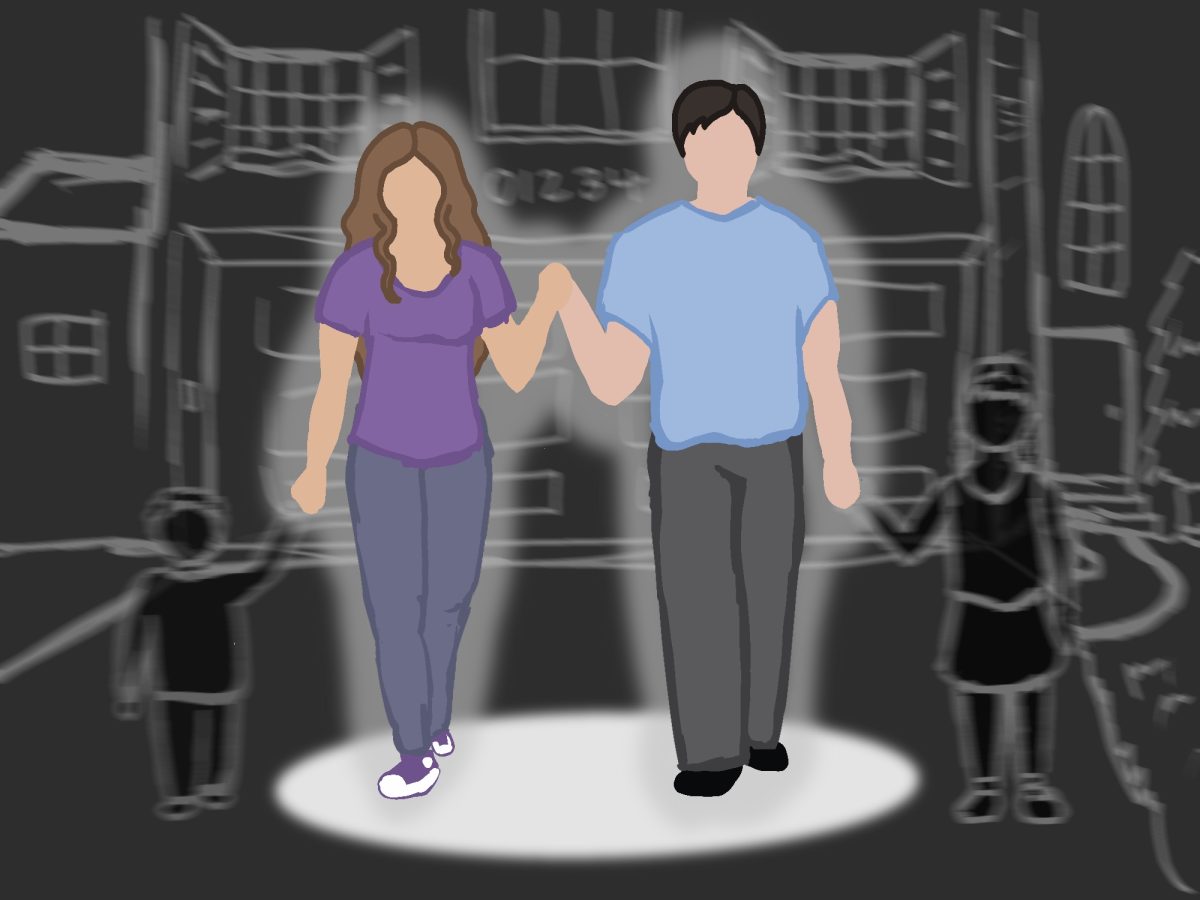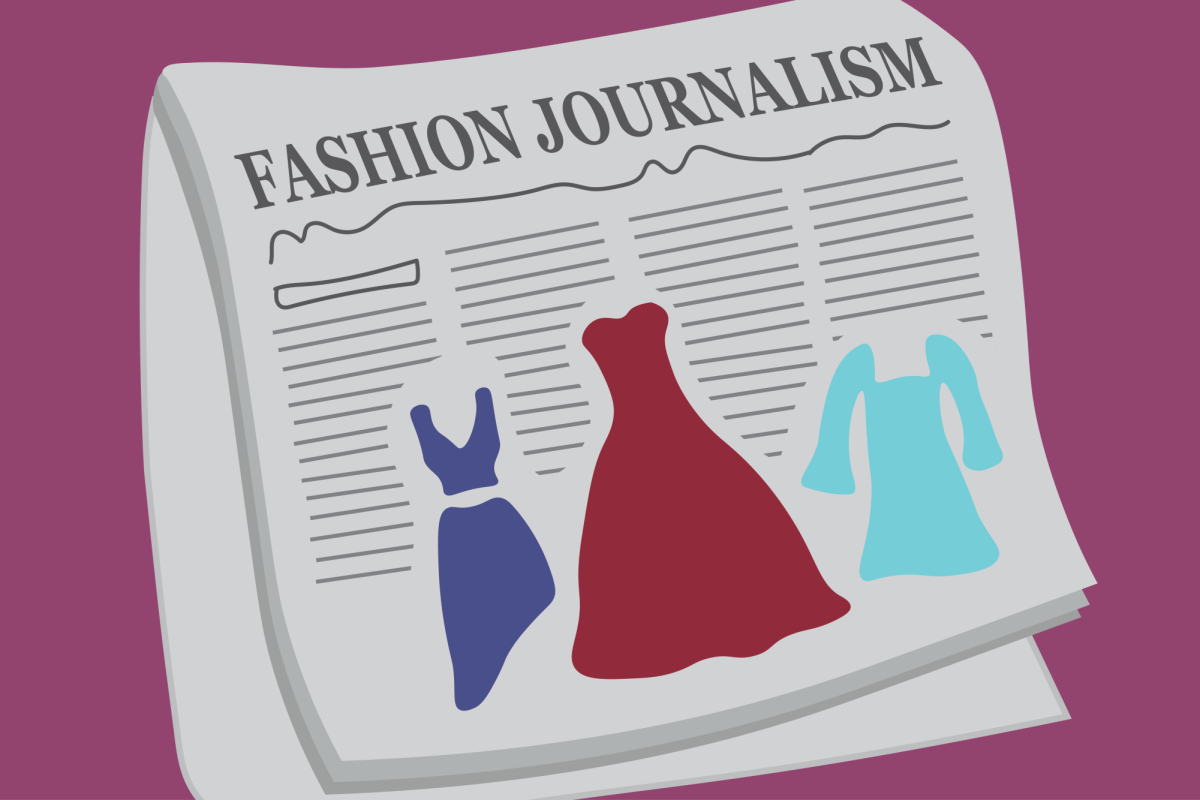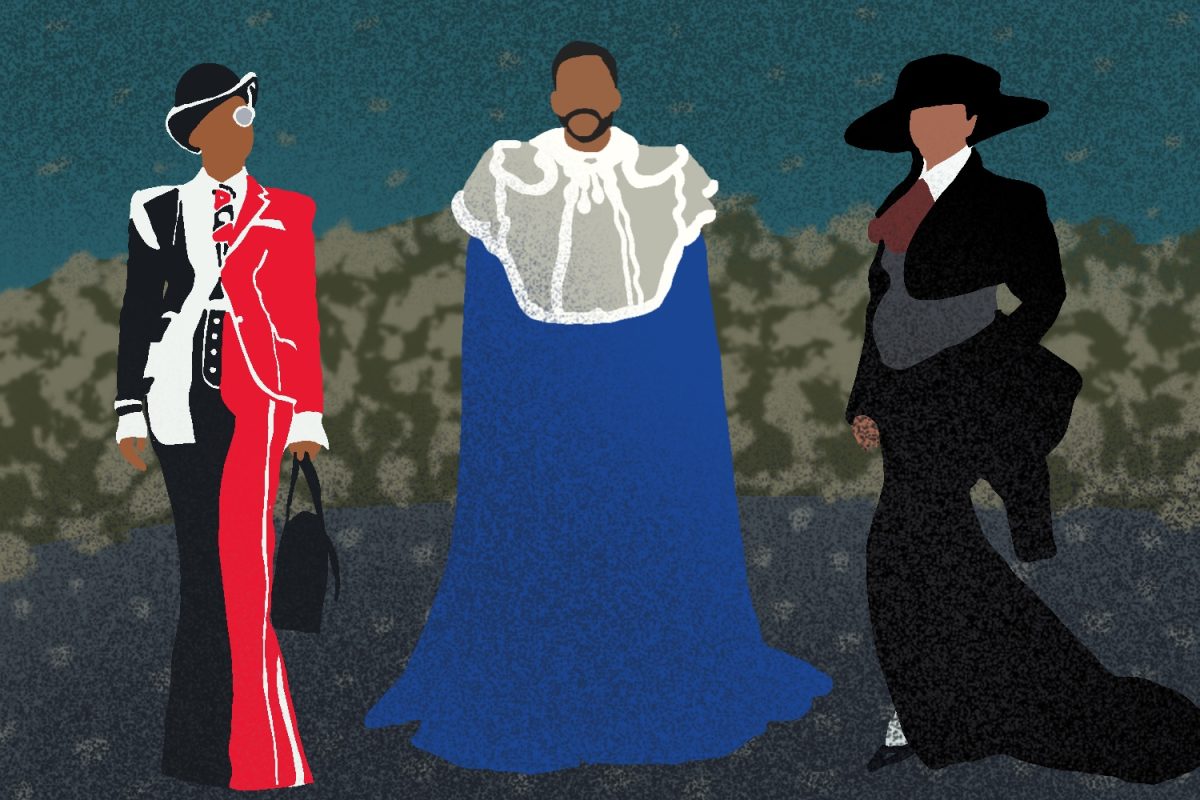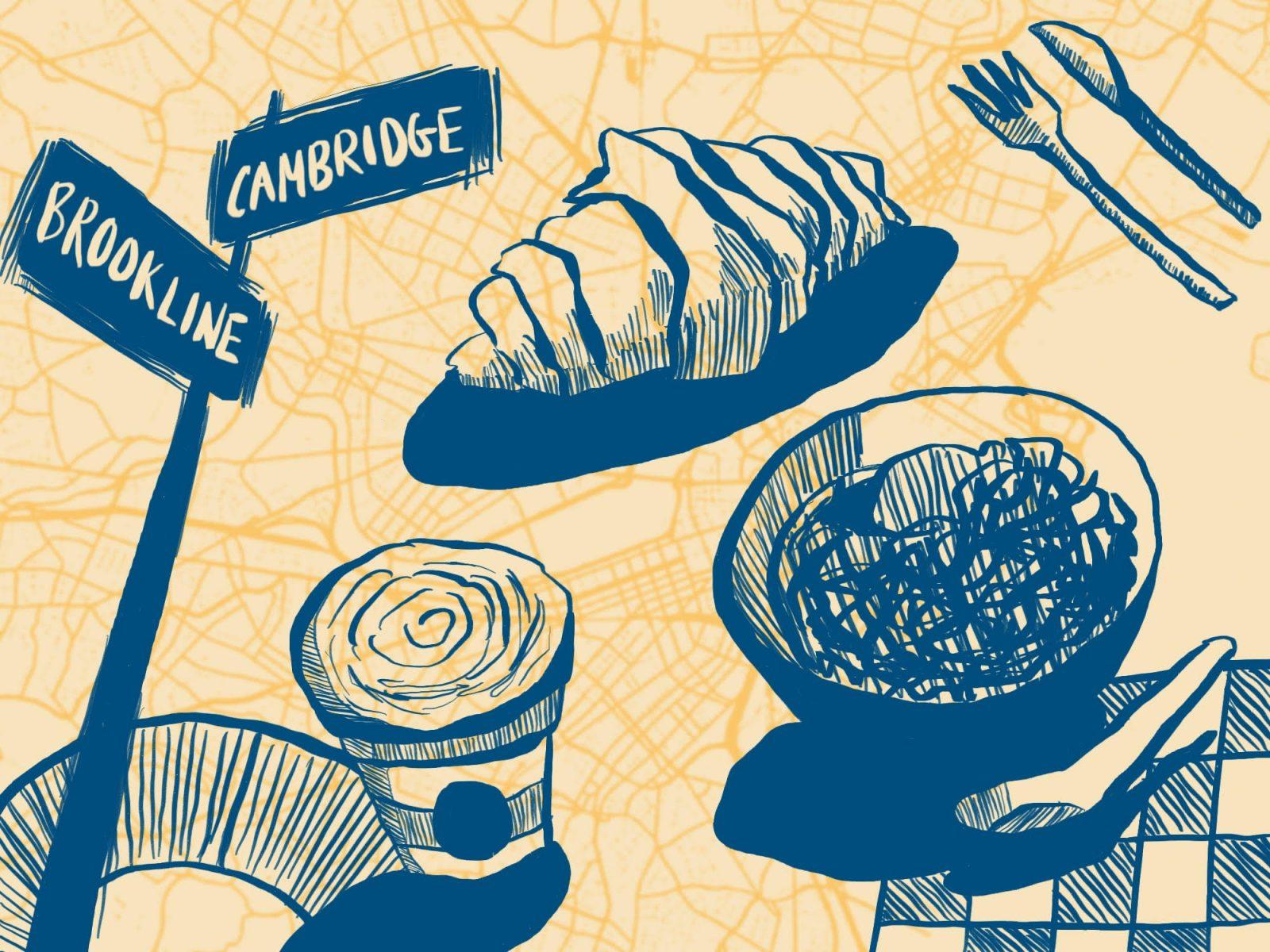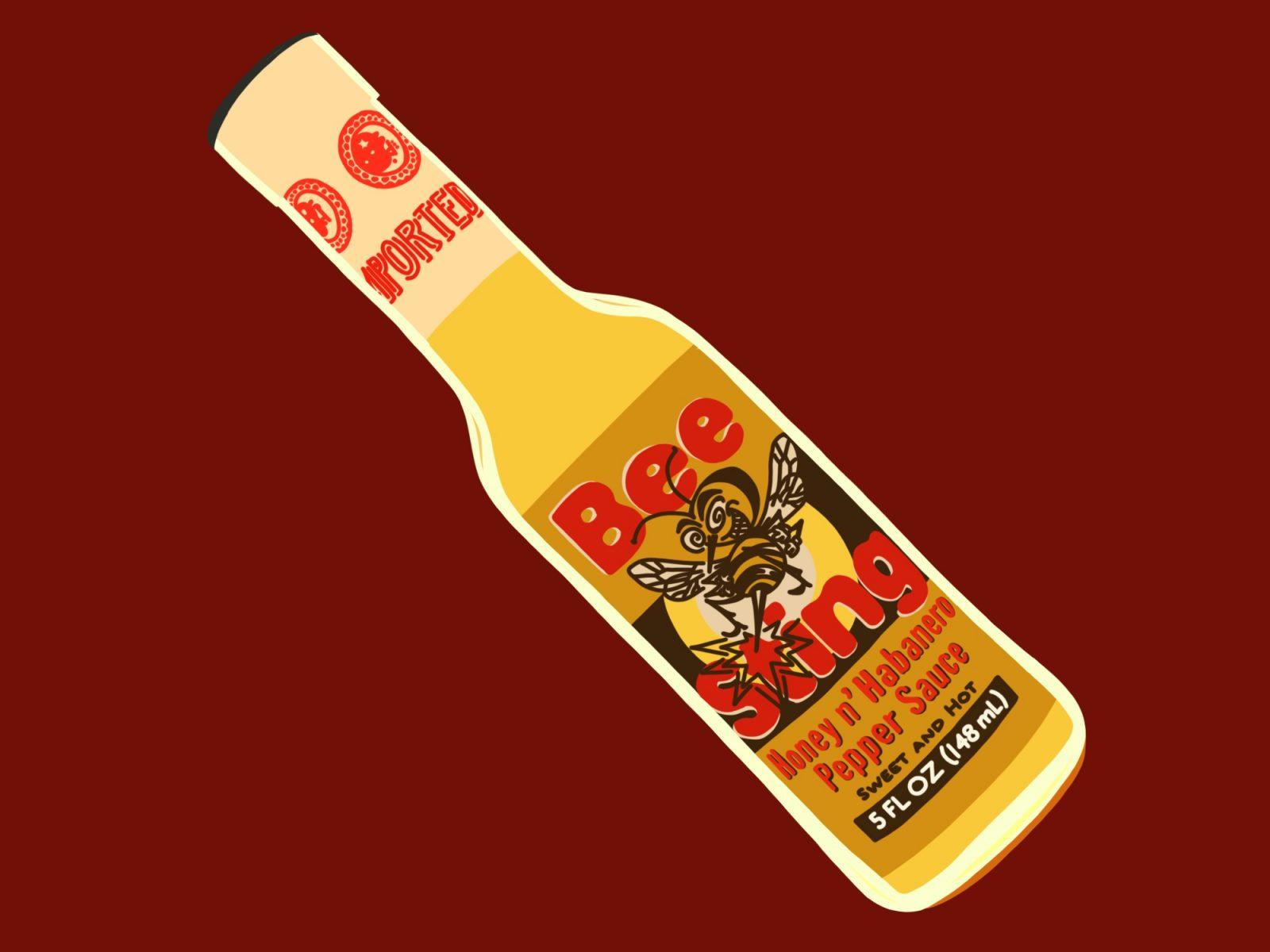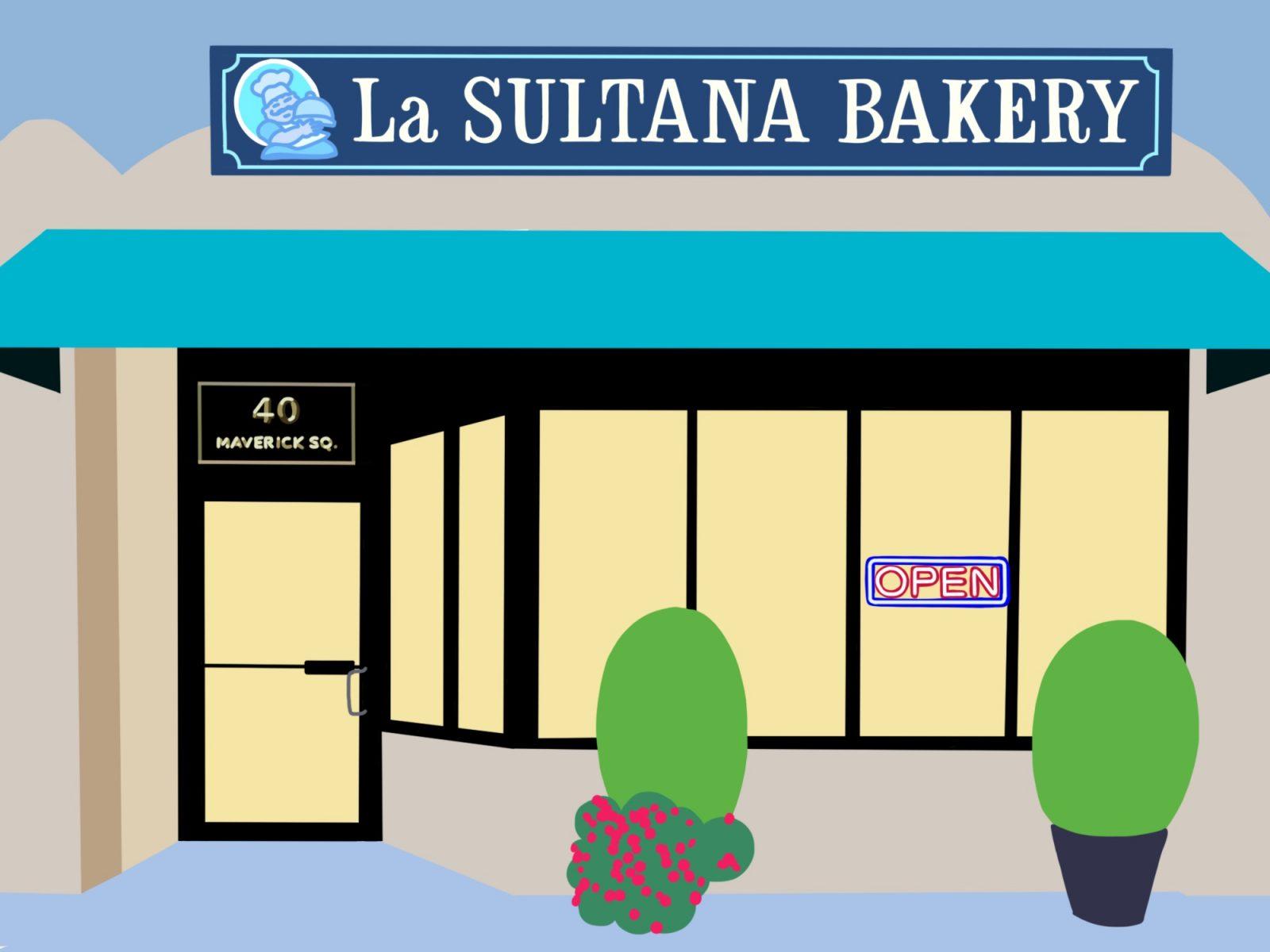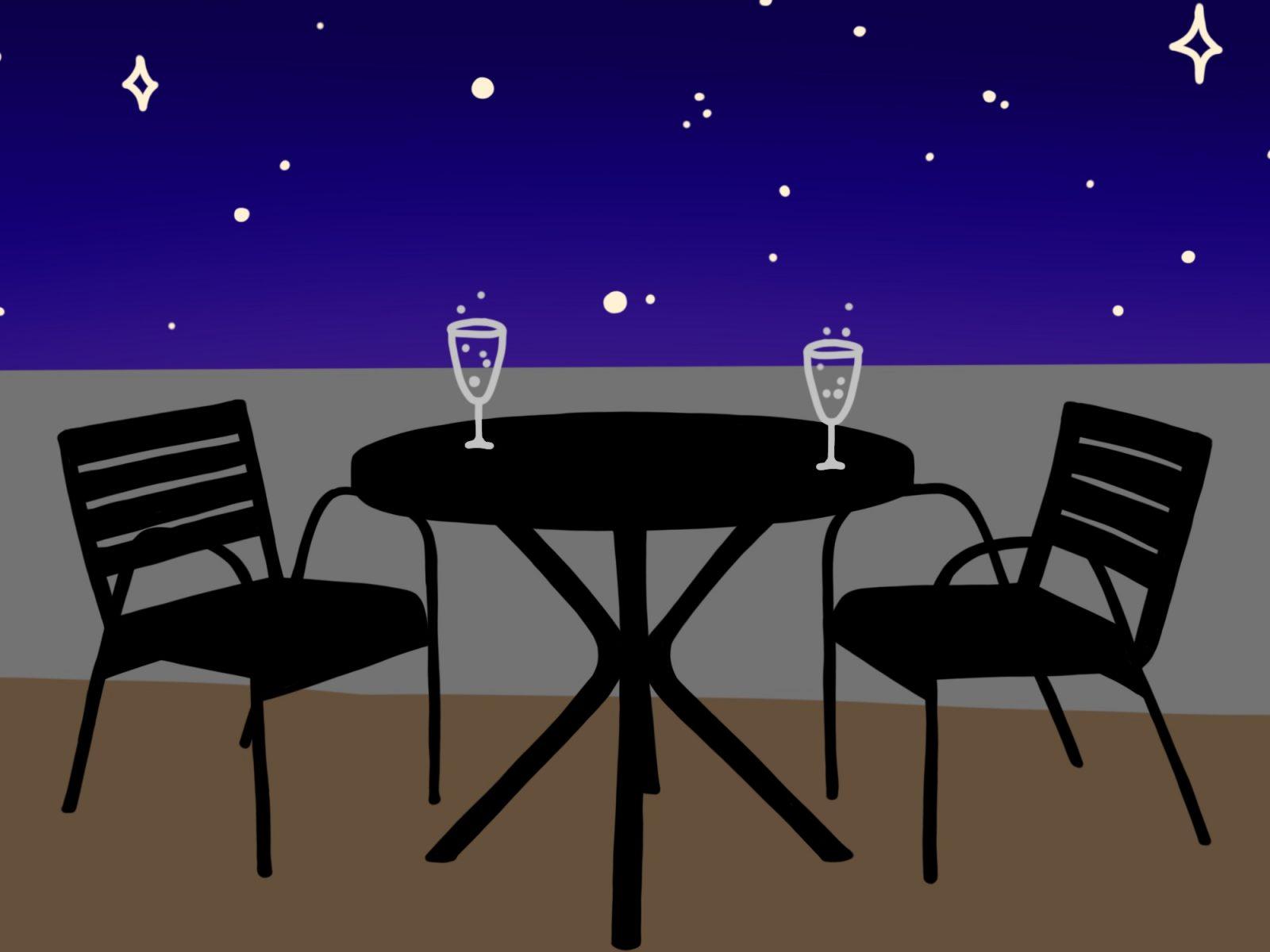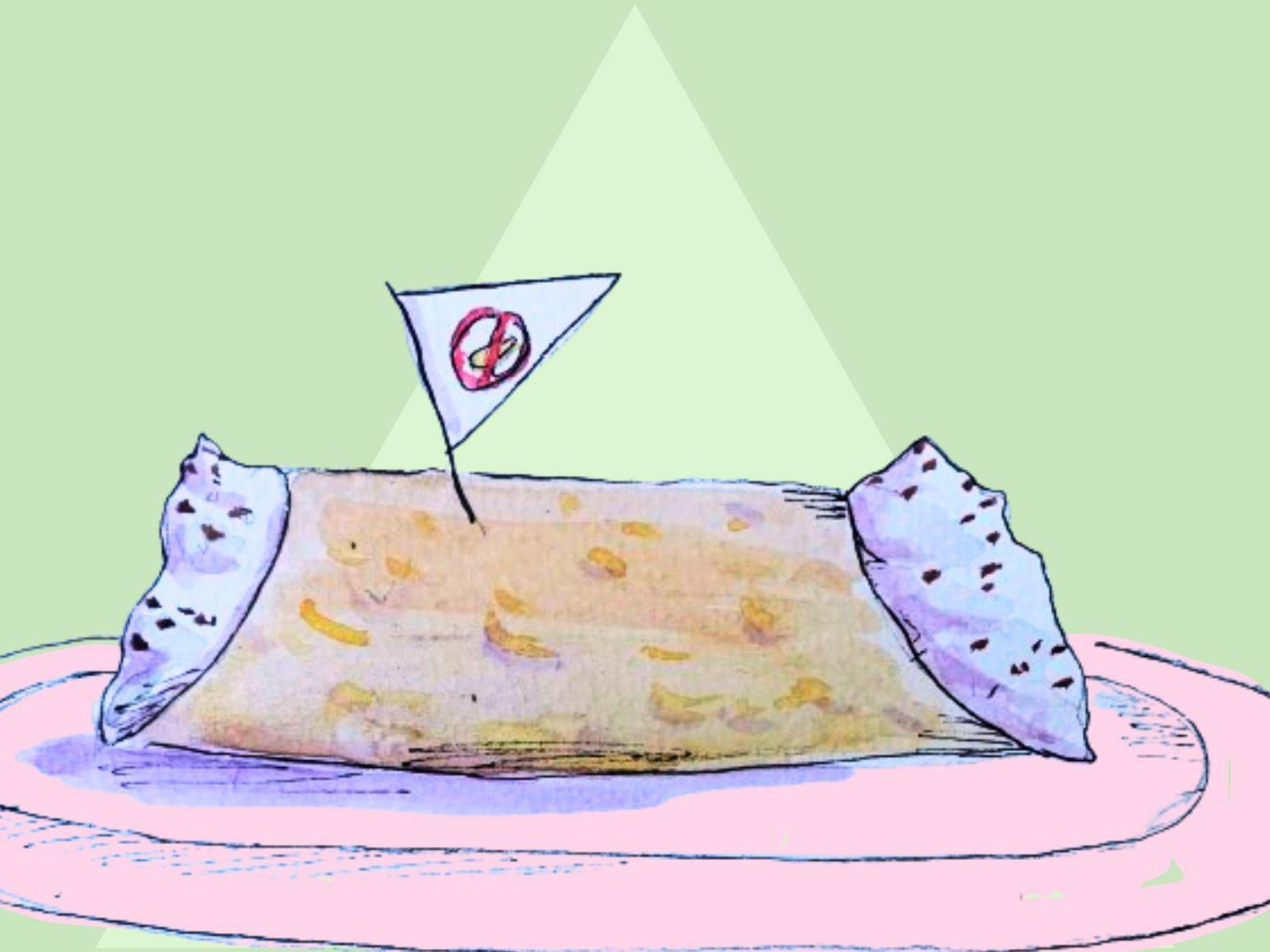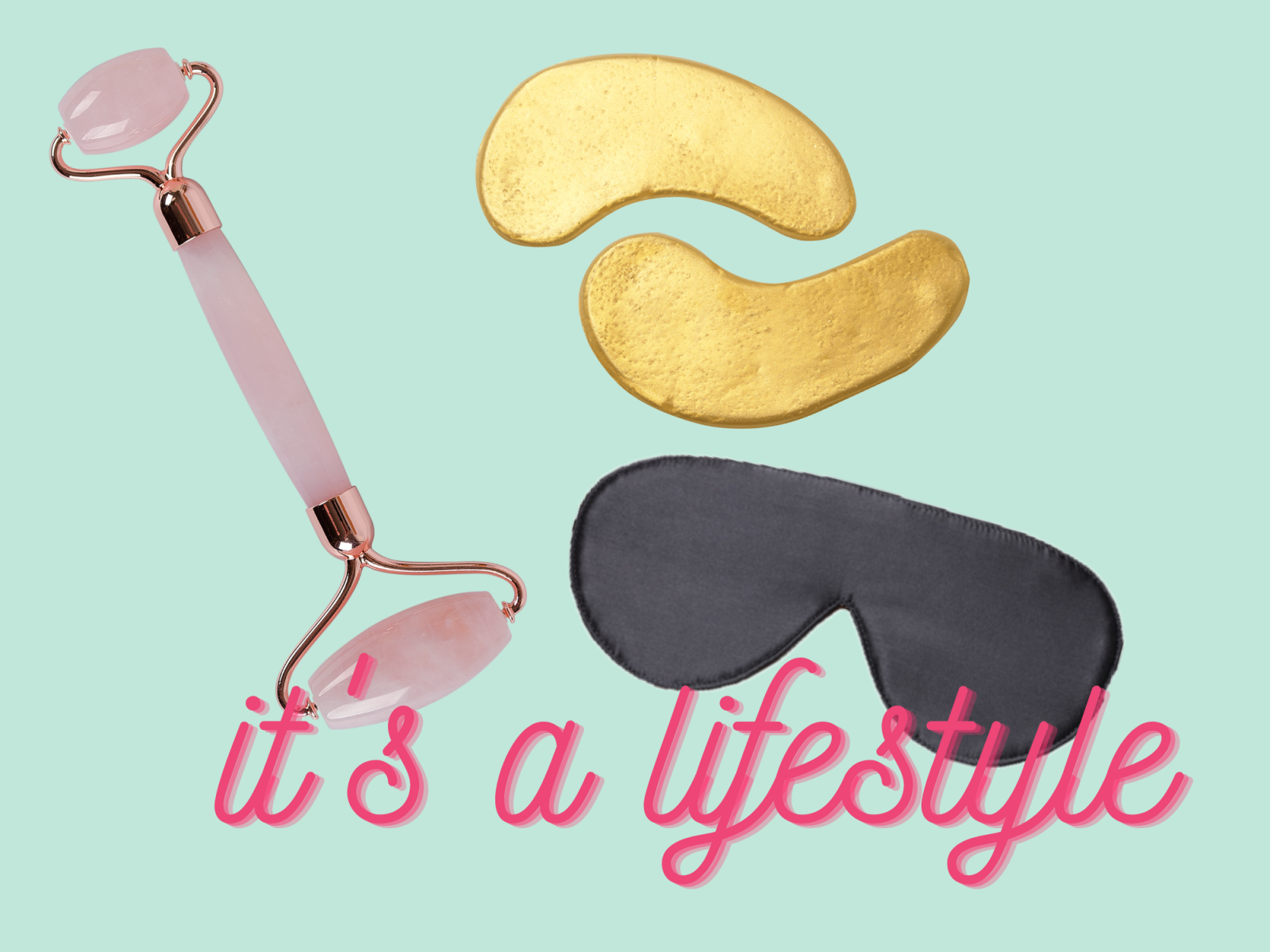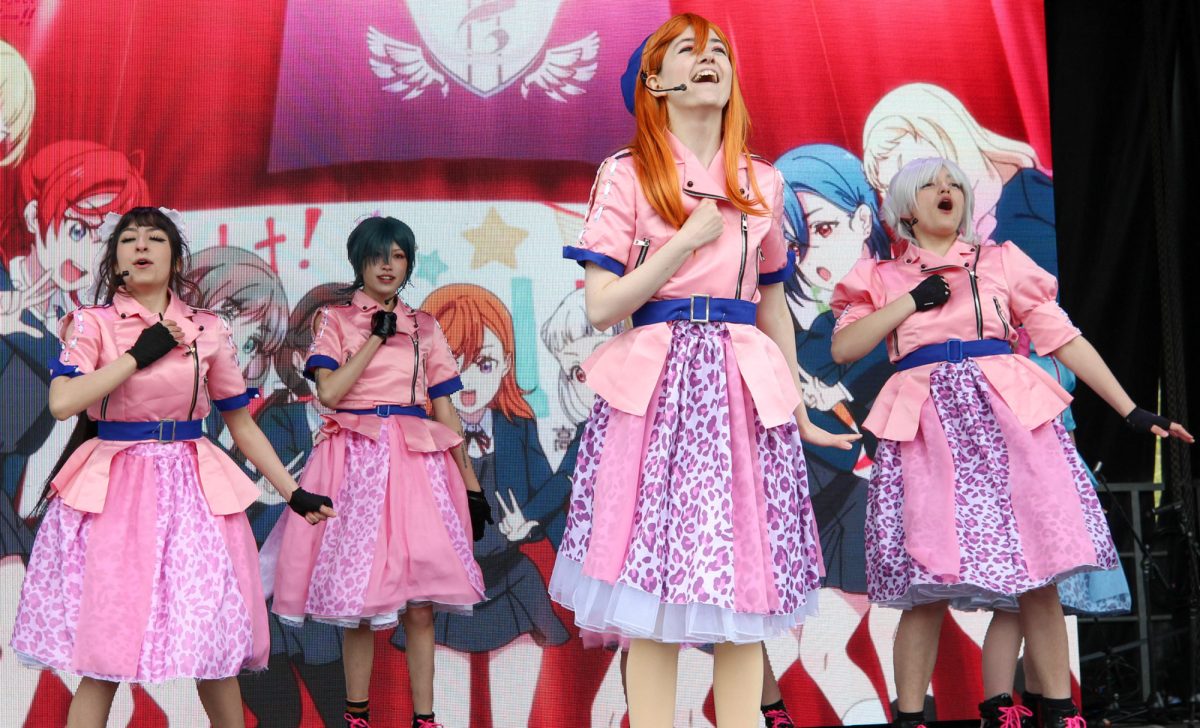Jamba Juice’s Chocolate Moo’d drink was rated the “Worst Drink” by Men’s Health editor-in-chief David Zinczenko in his book Eat This, Not That! but some students said they still consider the mix to be a healthy snack.
“It’s definitely better than eating Panda Express or pizza,” Matt Williams, a College of Arts and Sciences junior, said, after ordering the Peanut Butter Moo’d at the Boston University Jamba Juice located in the George Sherman Union.
Williams said he considers Jamba a healthy choice, but was not surprised the 24-ounce Original of both the Chocolate Moo’d and Peanut Butter Moo’d drinks contain more than 120 grams of sugar.
“I don’t like the fruity drinks,” Williams said. “But I’m not surprised the drinks are so unhealthy because they are really good.”
Moo’d drinks represent a small percentage of storewide sales, Jamba Juice spokesman Tom Suitor said in an email.
“While Jamba is about providing nutritious products for a healthy lifestyle, we all crave an indulgence from time to time,” Suitor said. “Jamba’s Peanut Butter Moo’d product was created to provide customers with a special, indulgent treat — it’s even listed on the menu board under ‘Creamy Indulgences’ so we’re very upfront about what we’re delivering.”
The company’s website touts the drink as providing “plenty of calcium along with vitamin D. With 18 grams of protein in each Original size serving, this is one chocolate delight you can feel good about.”
Suitor said Jamba’s consideration of the drink as a healthy choice is not a misconception and recommends the Jamba Light menu or All Fruit Smoothies for an even healthier on-the-go-snack or meal replacement.
However, BU Nutrition and Fitness Center dietician Laura Thompson said the Moo’d drinks should be considered milkshakes instead of smoothies.
“Things high in sugar and fat don’t give nutrition, just pleasure,” Thompson said.
Thompson said the fruit smoothies are not particularly healthful, either.
“The thing about Jamba Juice, and all juice in general, is that you can drink calories very quickly,” Thompson said. “Think about the last time you drank orange juice. You can drink the calories much faster than eating the oranges.”
Thompson said most of the calories in Jamba smoothies are from added juice and sugar.
“A smoothie can be a healthy choice,” she said. “A smoothie made of nonfat plain yogurt, fruit, 100 percent juice or low-fat milk, not only will be a moderate amount of calories, but loaded with nutrition, including good sources of calcium and vitamin D.”
While Jamba smoothies can be a good source of vitamins, Thompson said the vitamin boosts the chain offers are unnecessary and potentially harmful.
“If you exceed the upper limit of any vitamin or mineral it can be problematic,” she said. “For example, if you consume three servings of dairy a day and eat foods fortified with calcium you can easily reach the tolerable upper limit for calcium, which is 2,500 milligrams. Excessively consuming calcium can lead to the development of kidney stones, among other negative consequences.”
Sargent College of Health and Rehabilitation Sciences professor Joan Salge-Blake also said the Jamba boosts were unnecessary additions to the drinks.
“If you take a sweetened beverage and add vitamins — that doesn’t make it healthy,” Salge-Blake said. “If you want energy, eat better.”
Salge-Blake said there is no research to back up Jamba’s claims that the boosts are healthy. She said Americans should consume at least five servings of fruit a day, but most eat less than half of that.
“Sugary drinks are displacing fruits for snacks,” he said. “Americans need to go back to fruit and stop drinking all their calories.”
Caroline Apovian, Boston Medical Center Nutrition and Weight Management Center director, said in an email that smoothies should be considered more of a meal replacement than a beverage.
“A smoothie has the aura of health because it makes you think that there is real fruit,” Apovian said.

